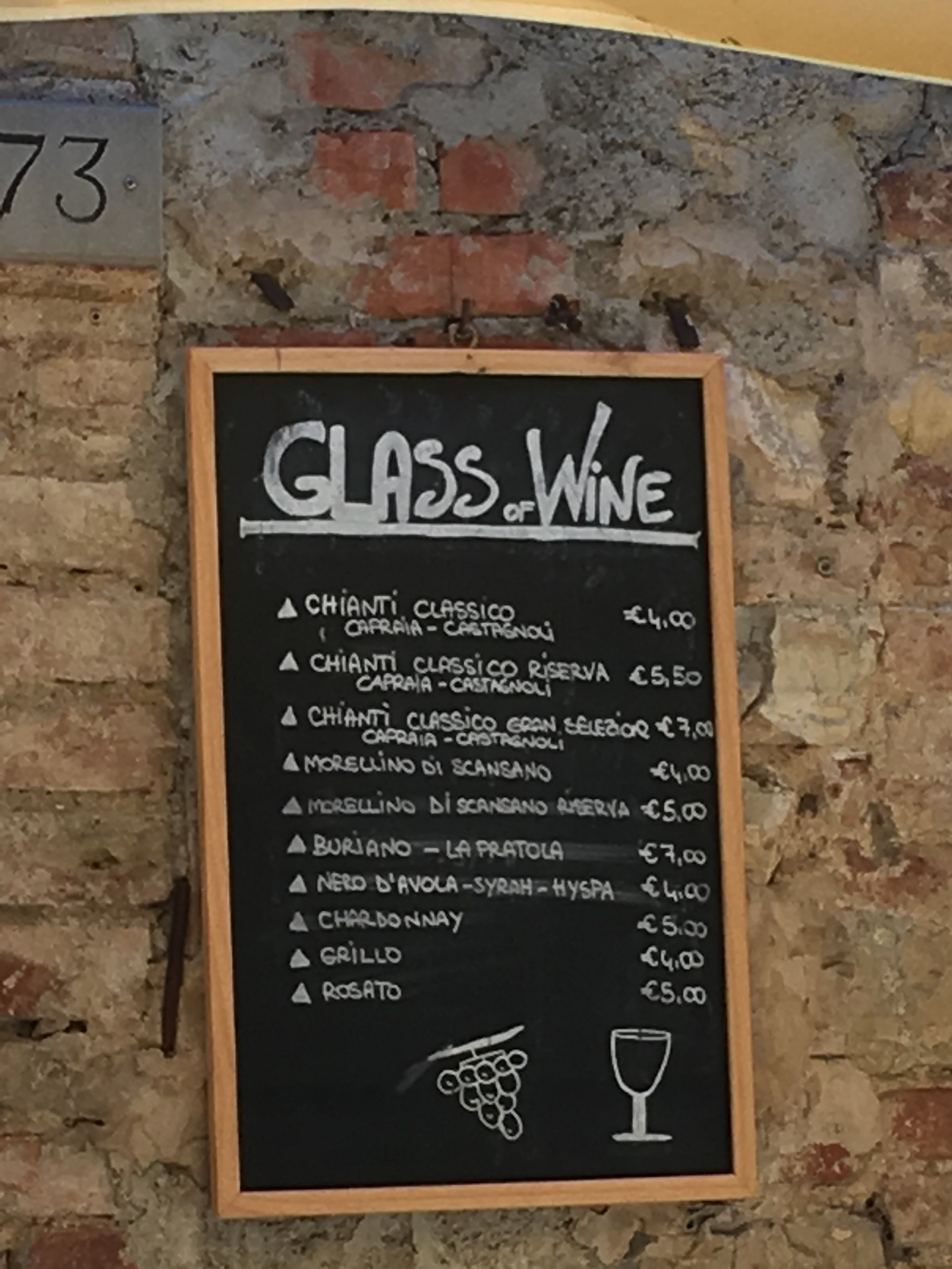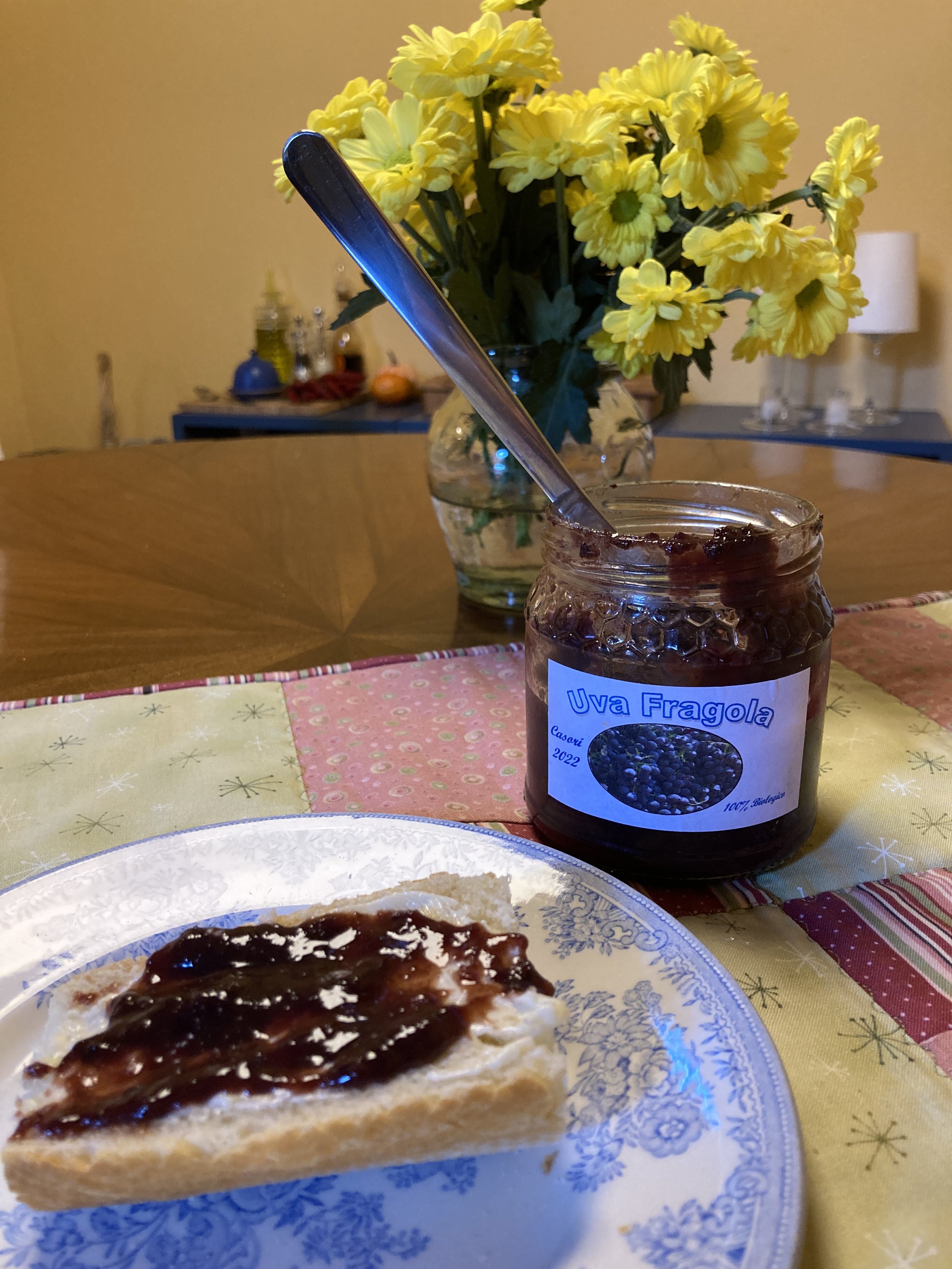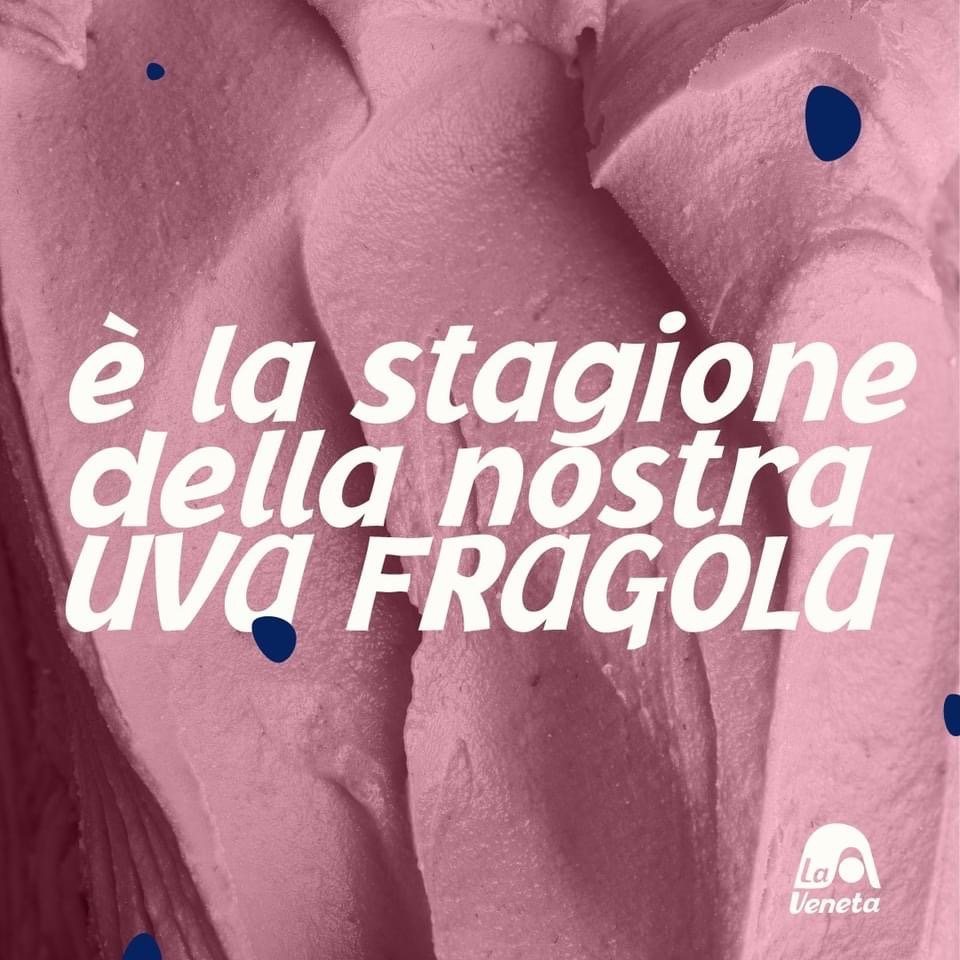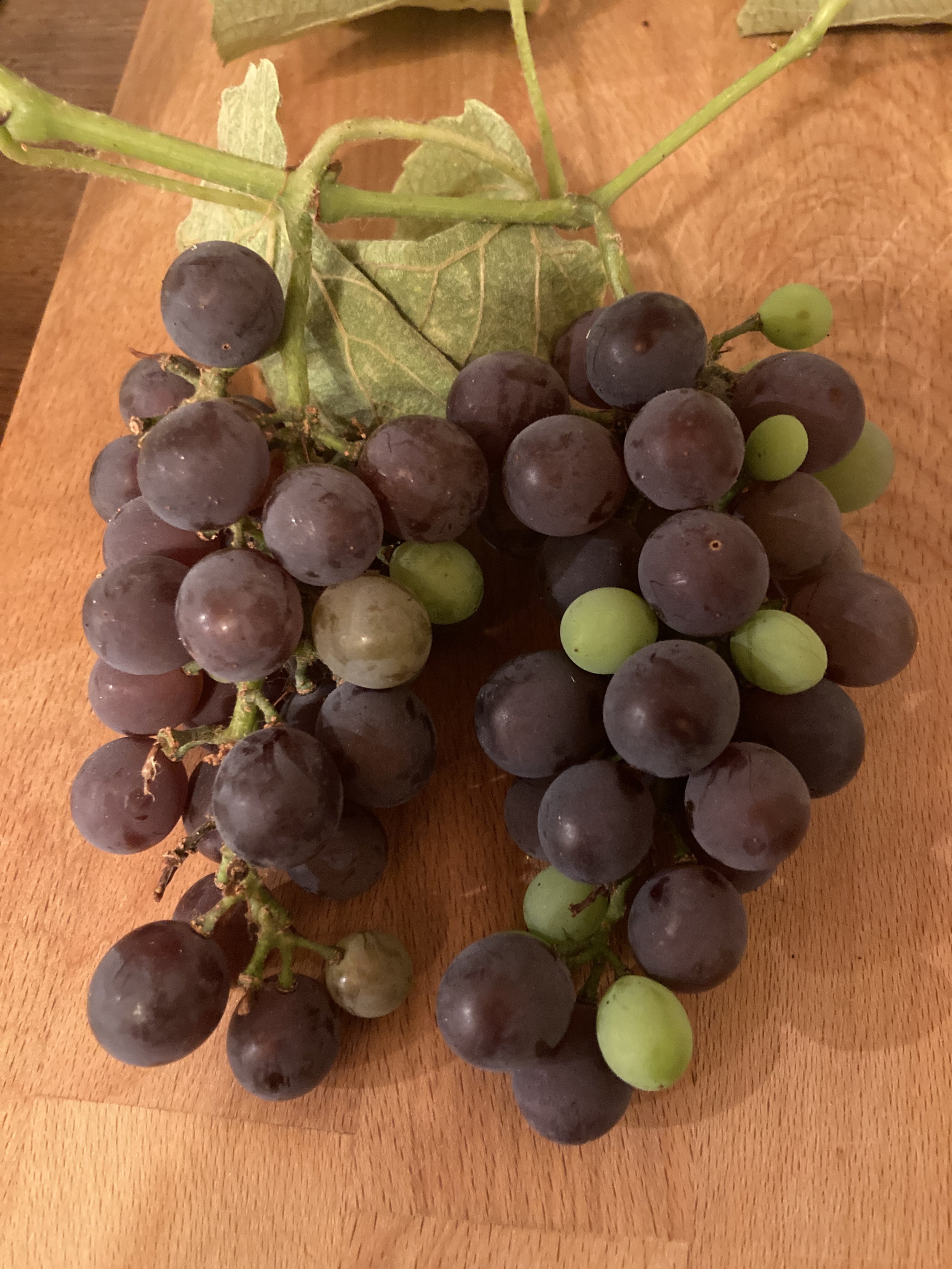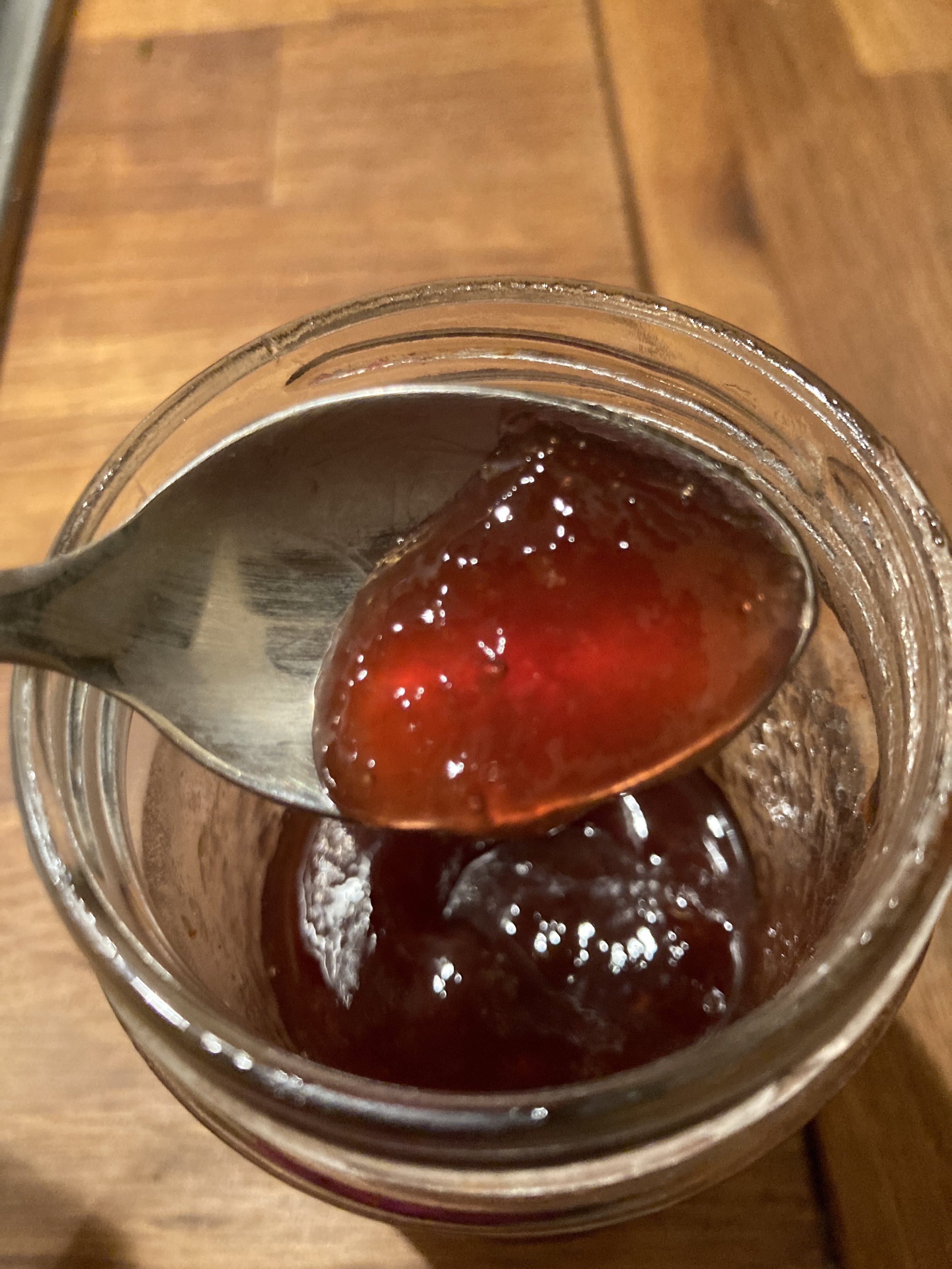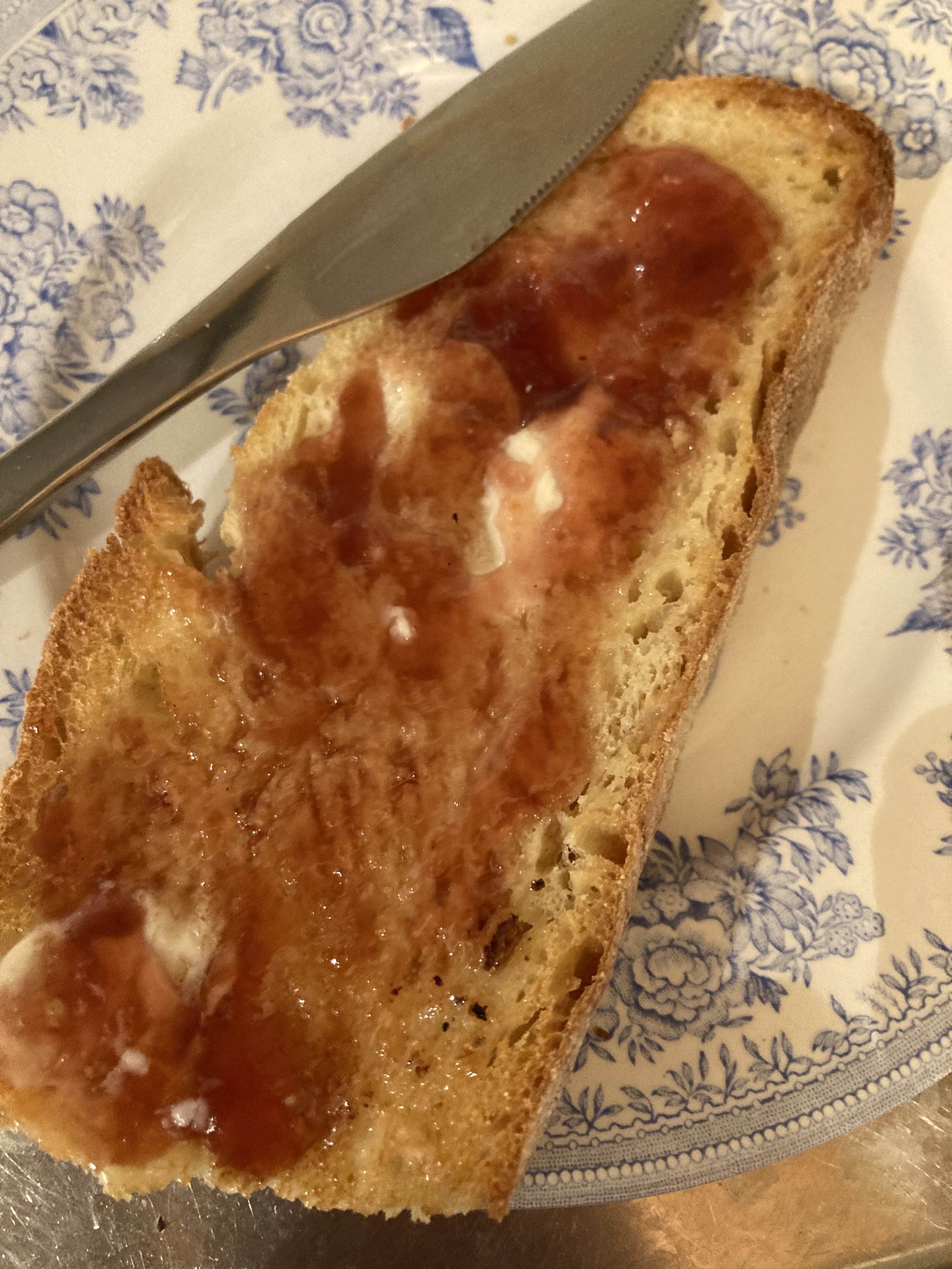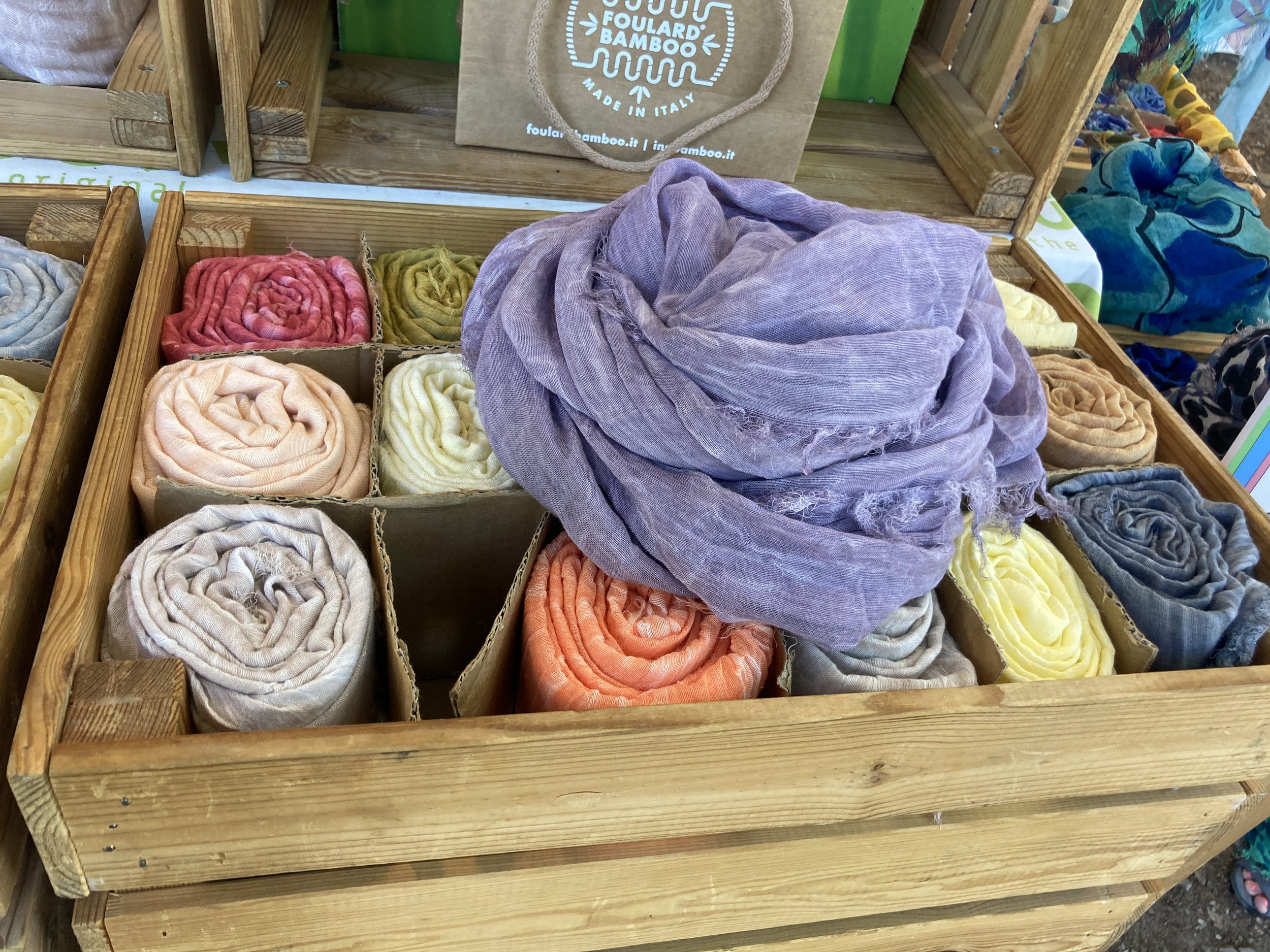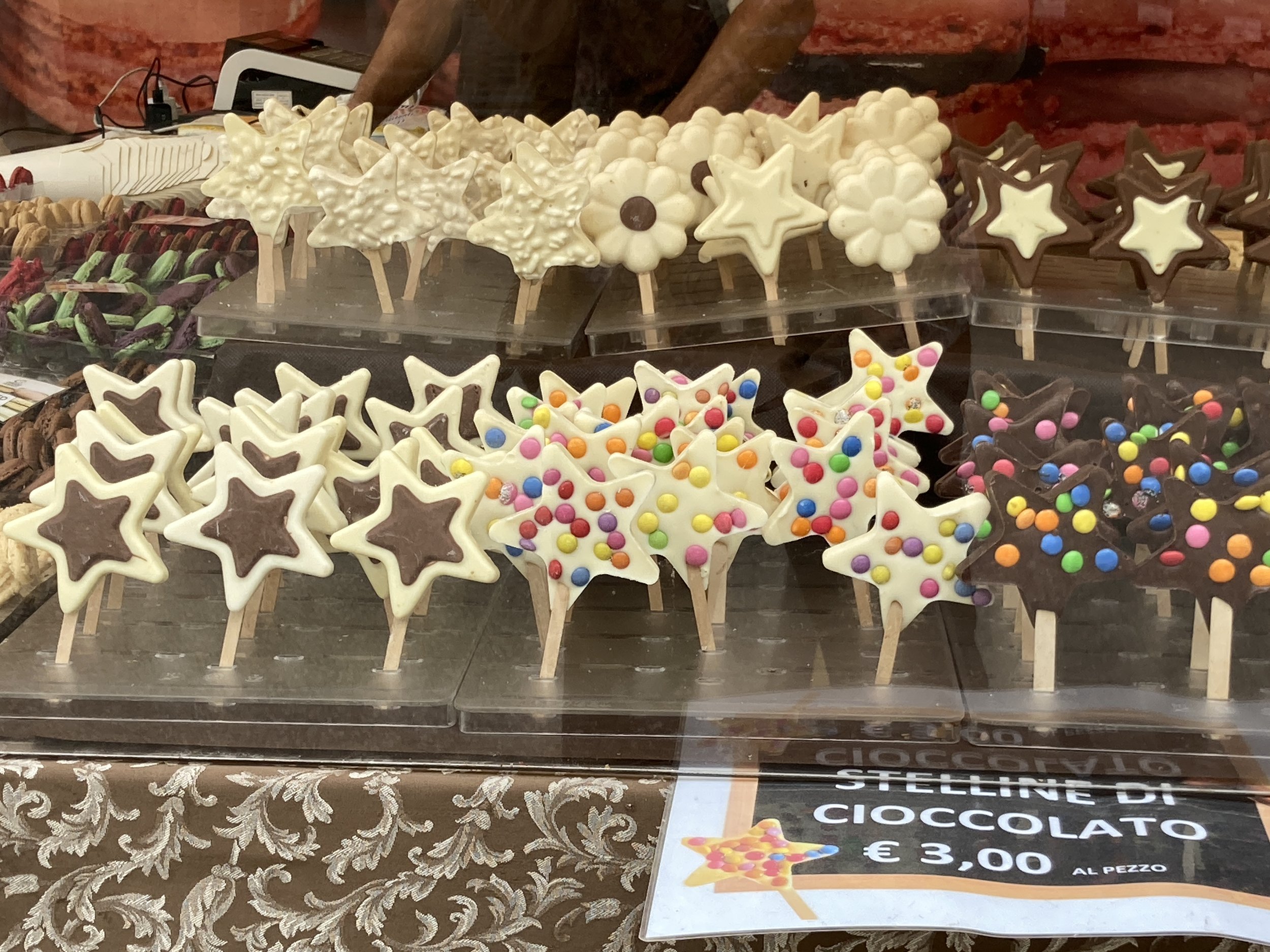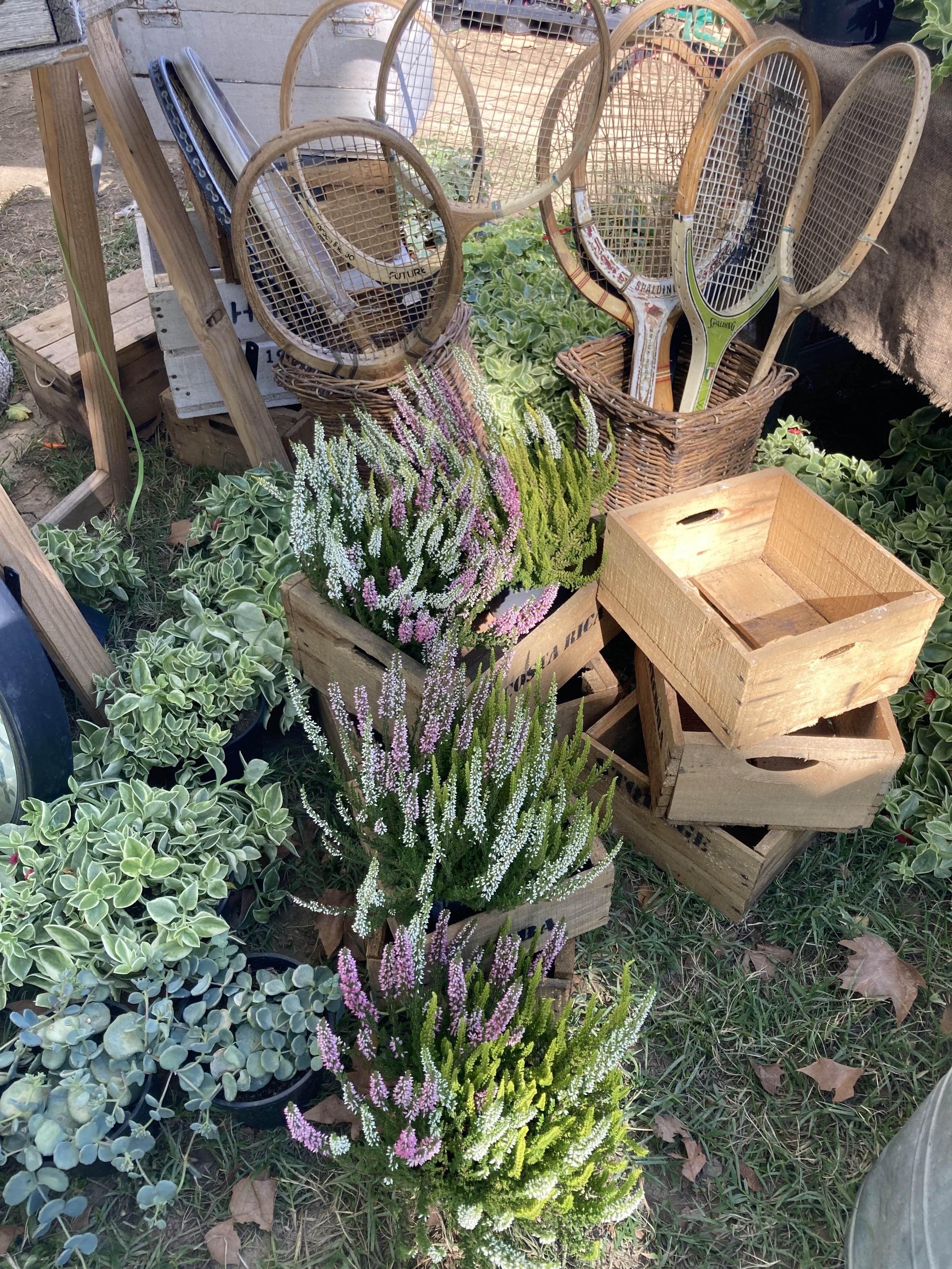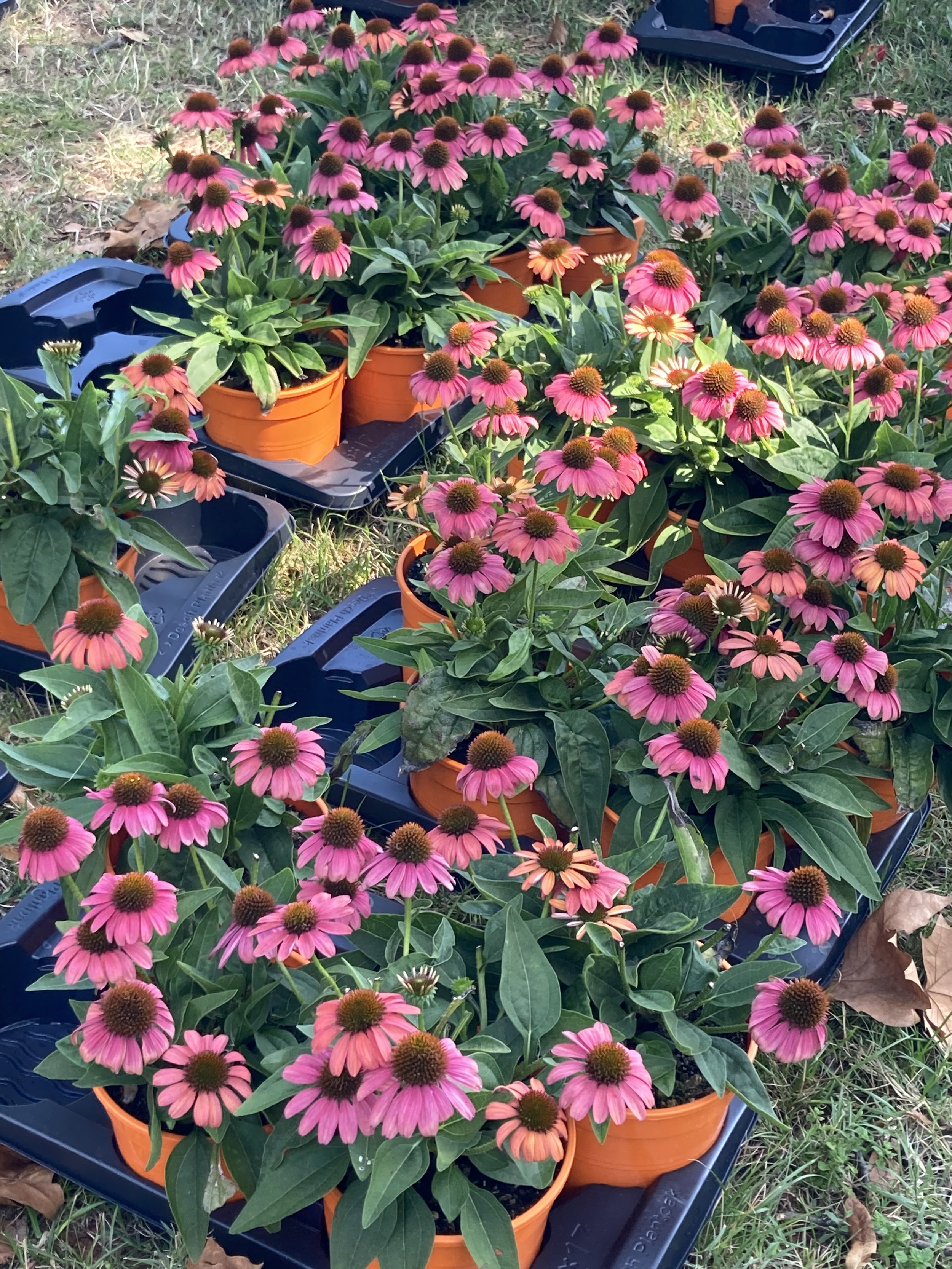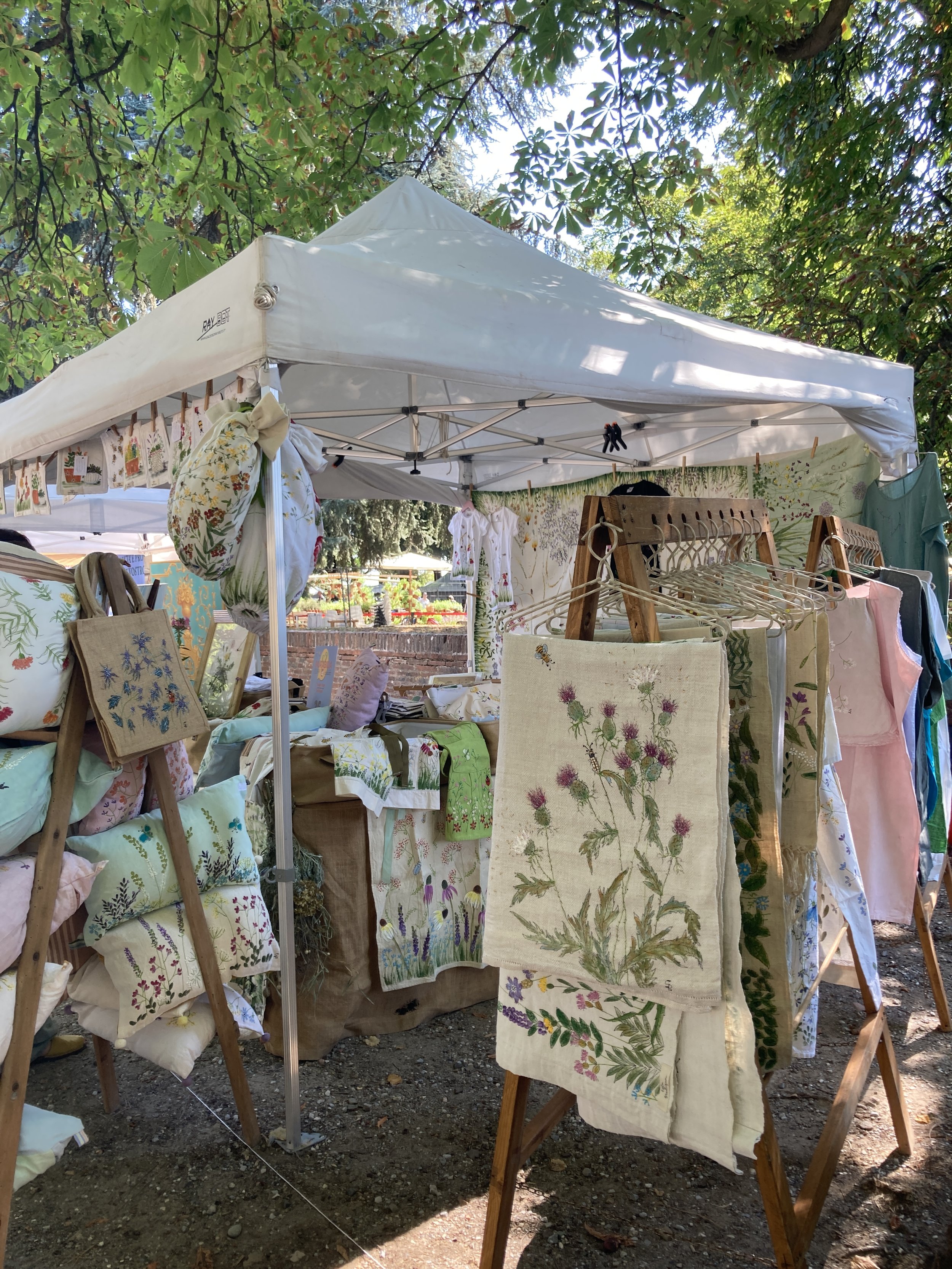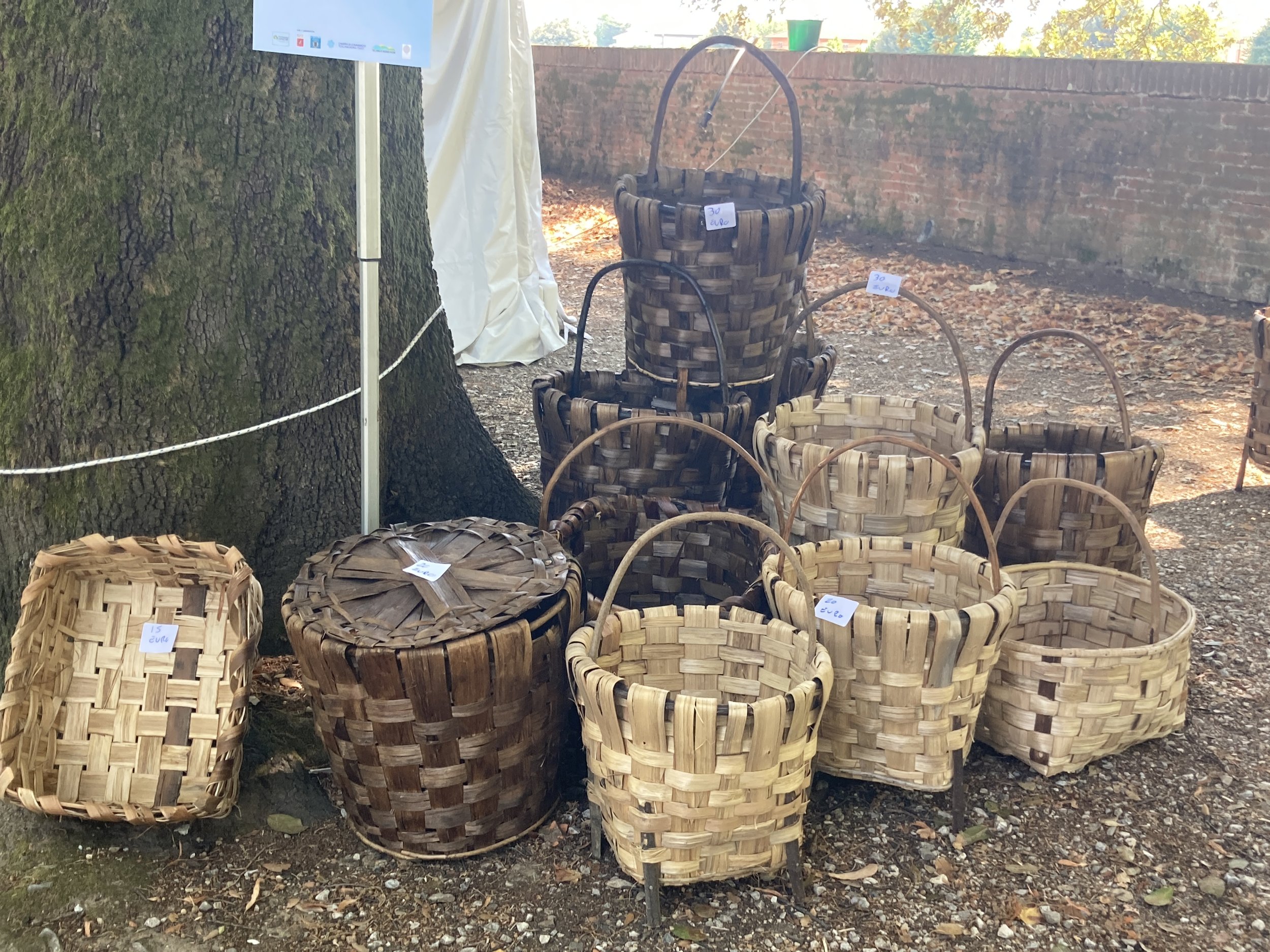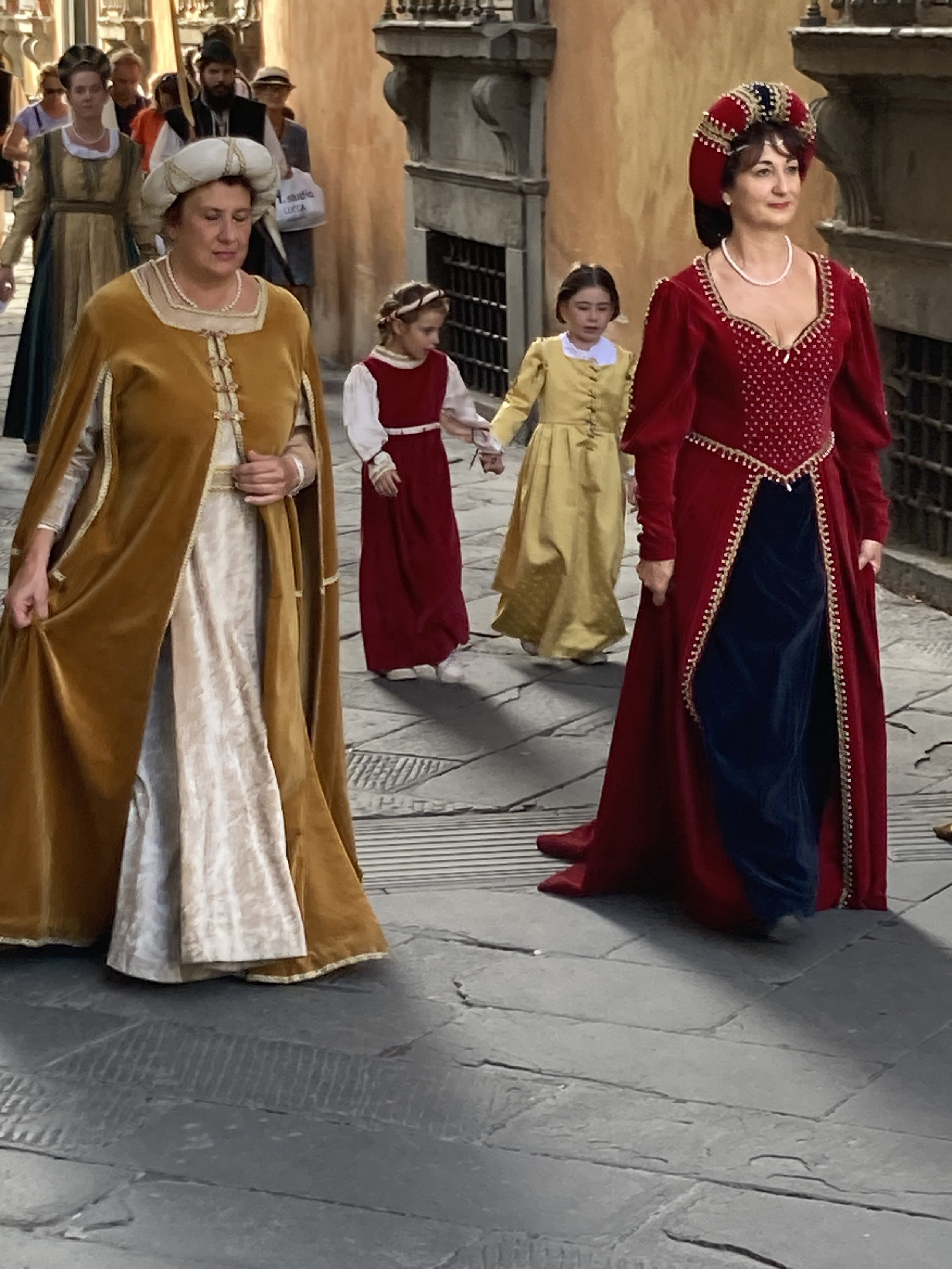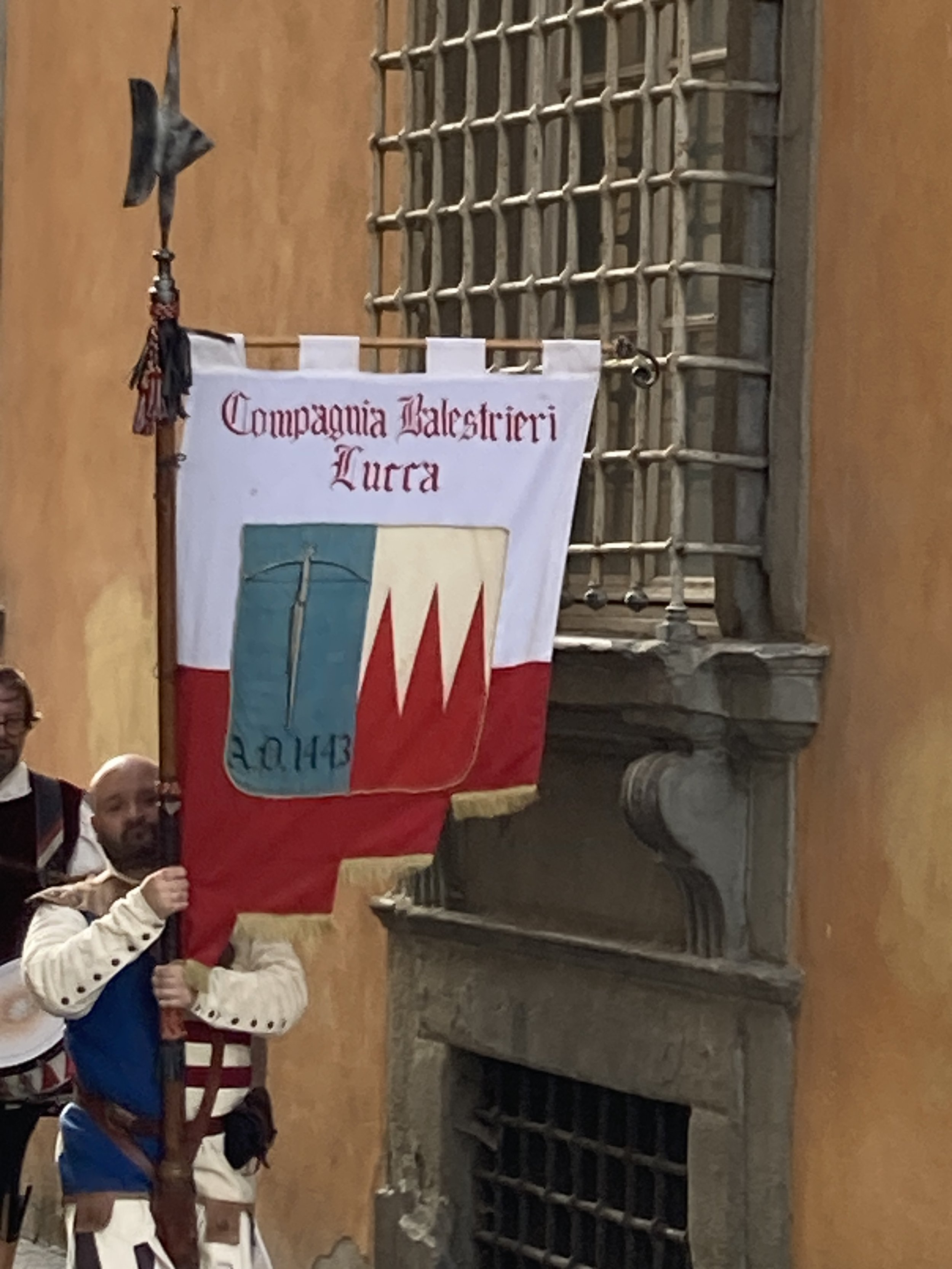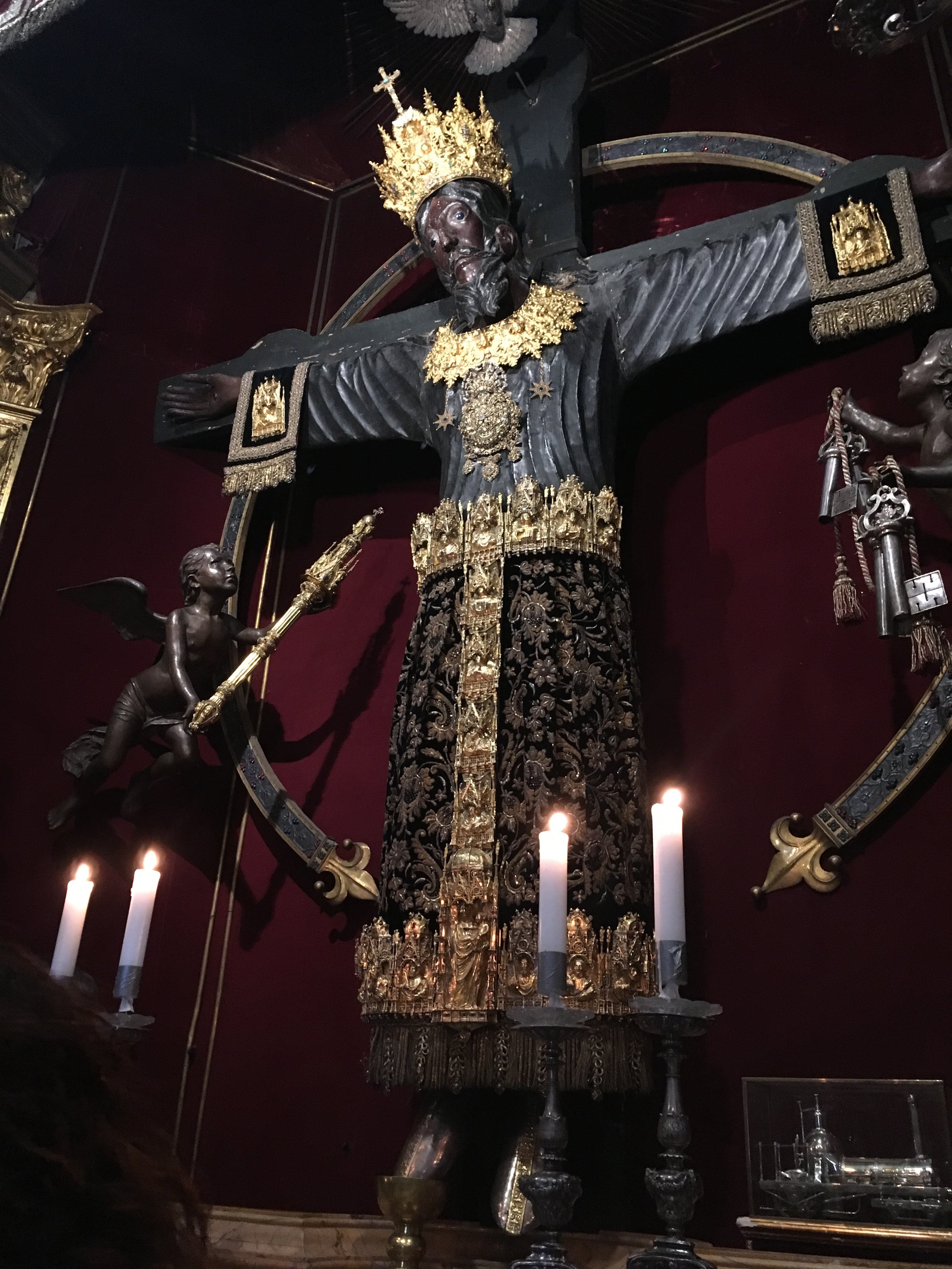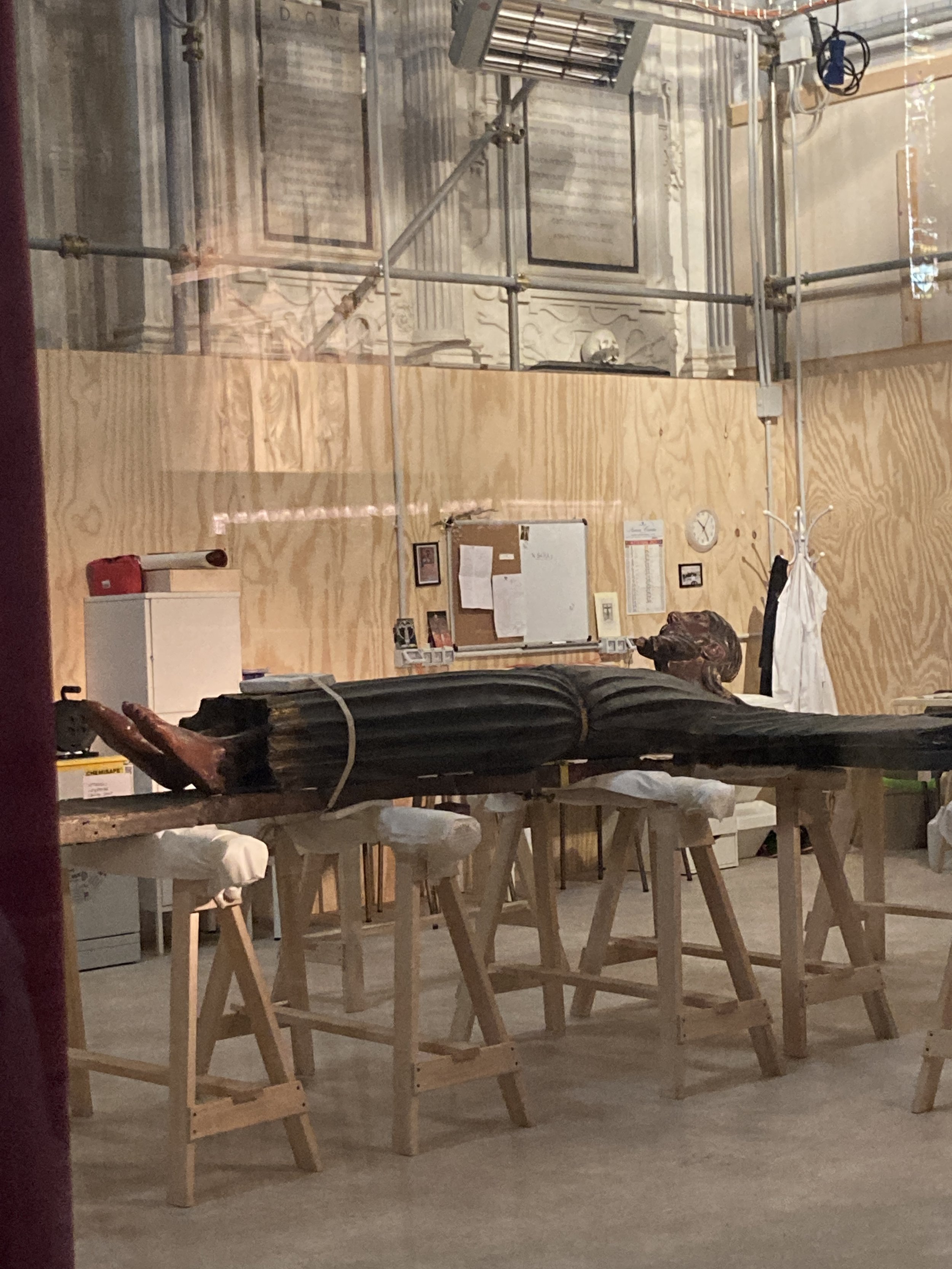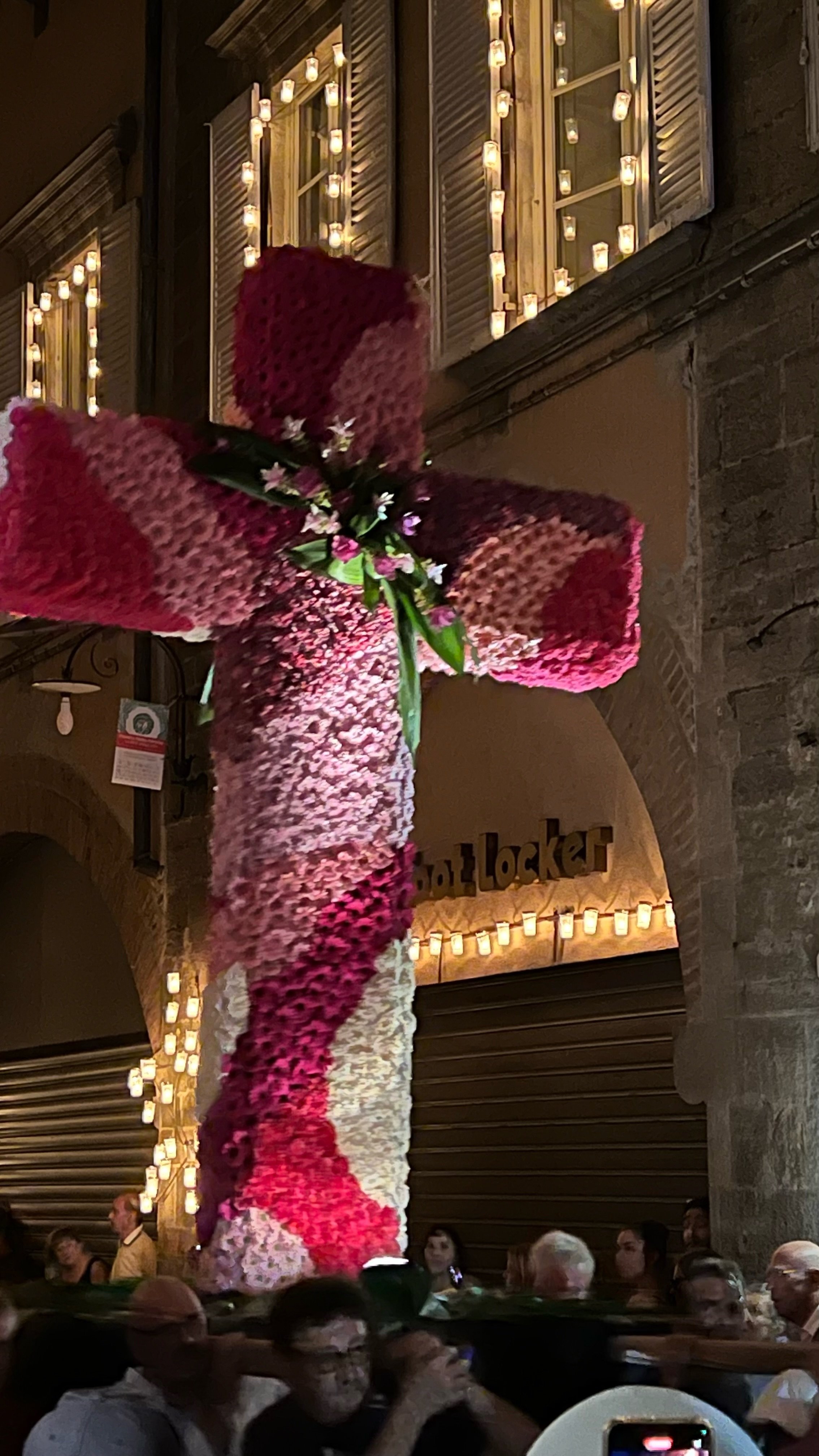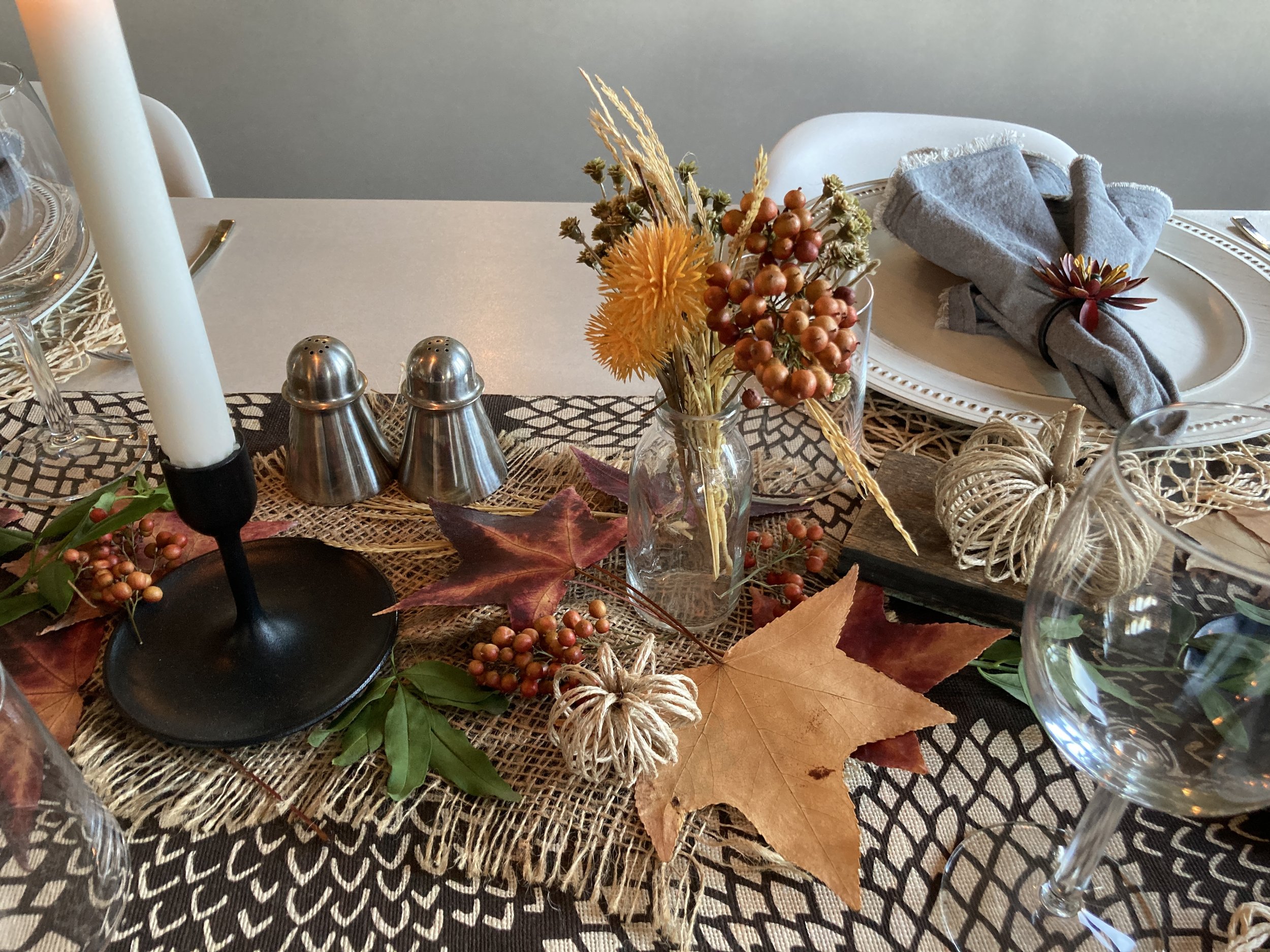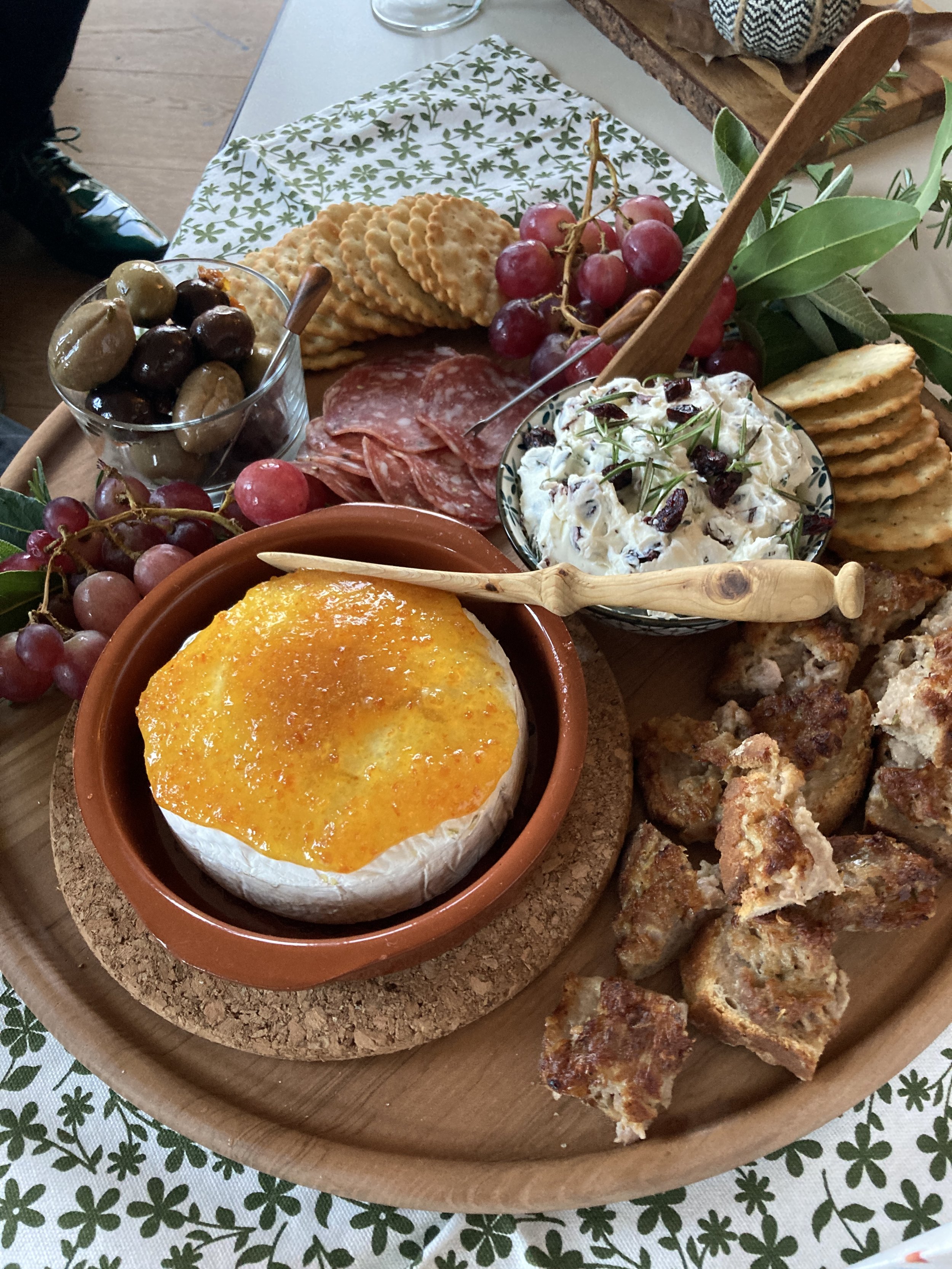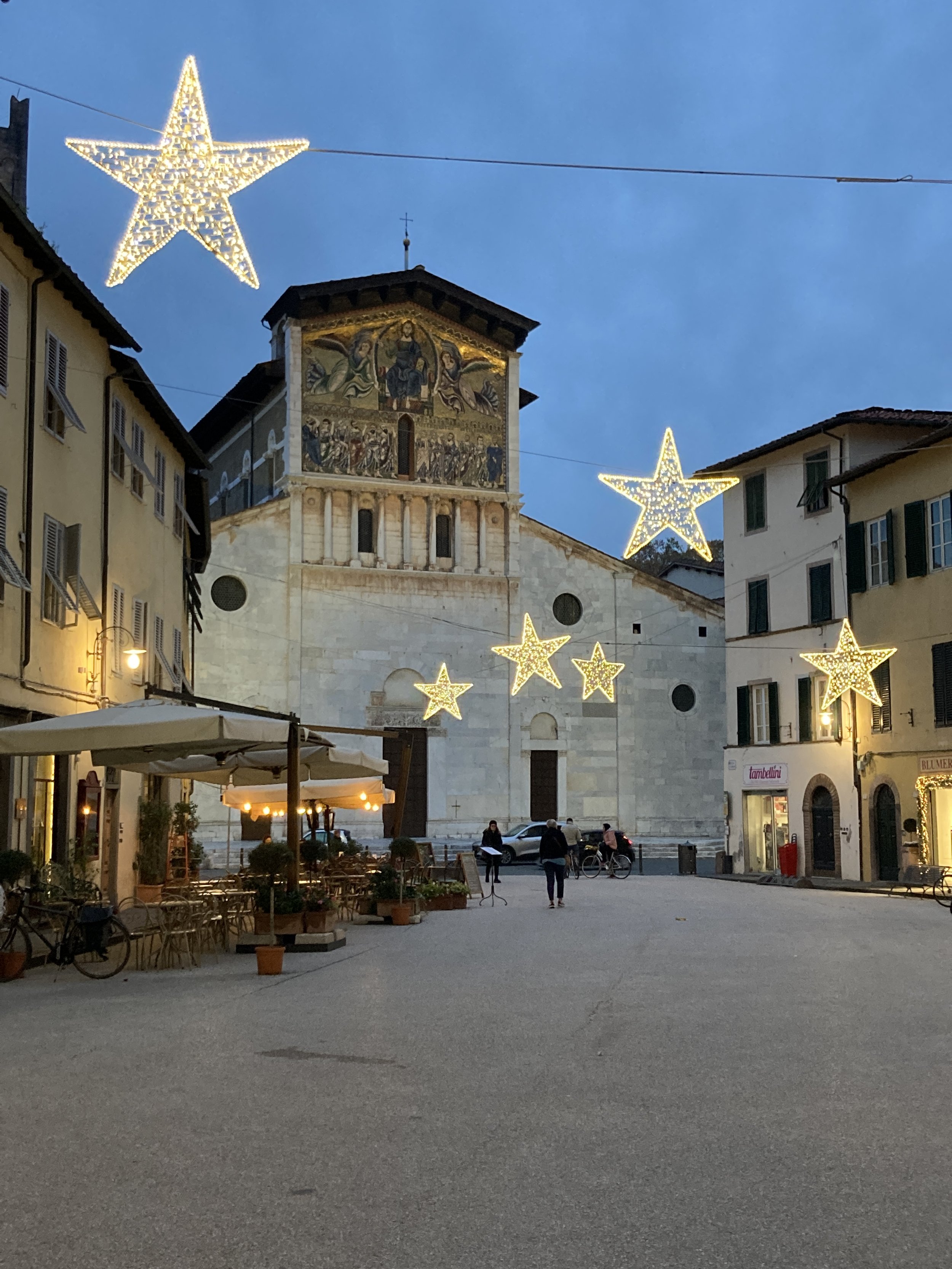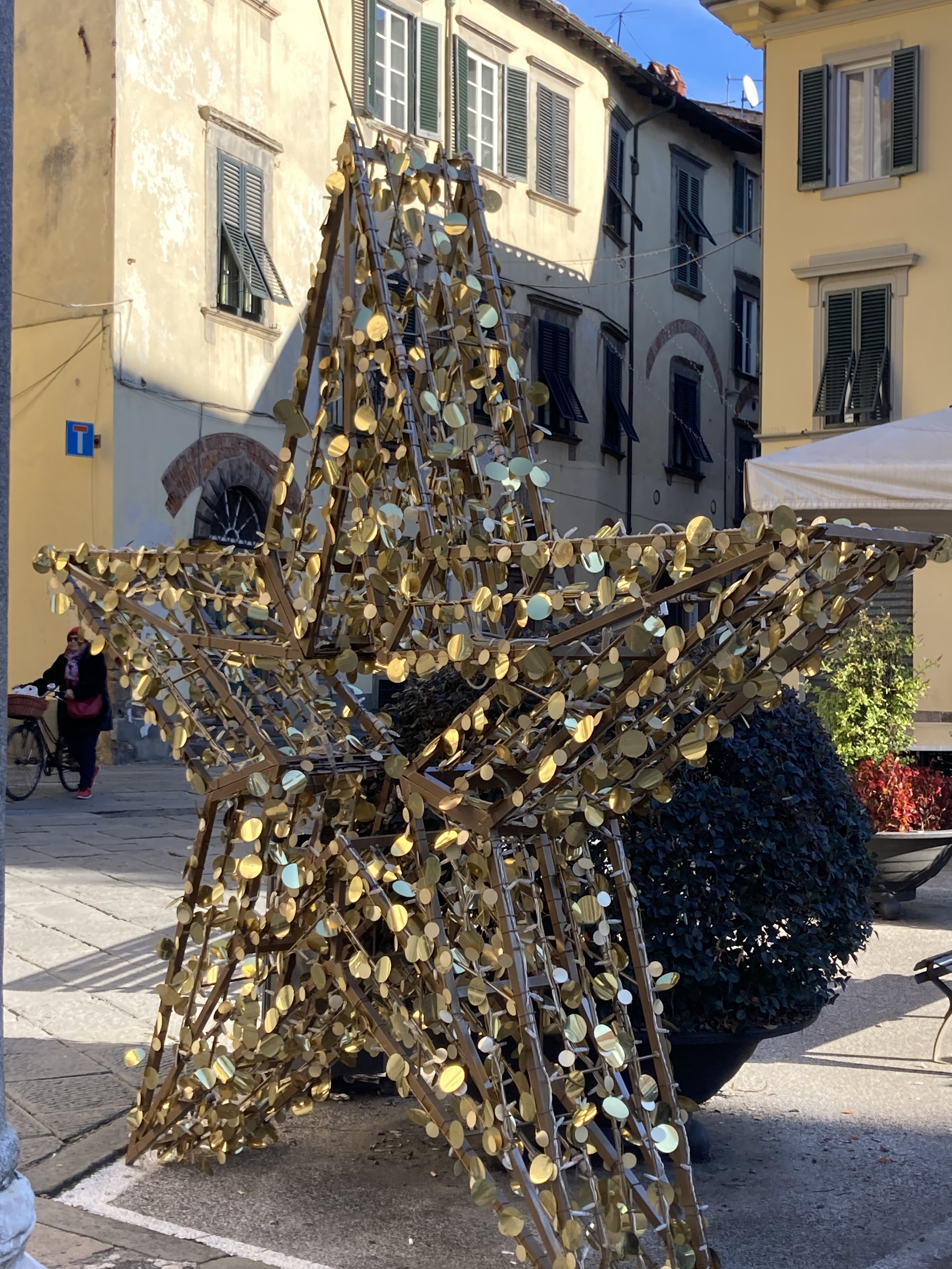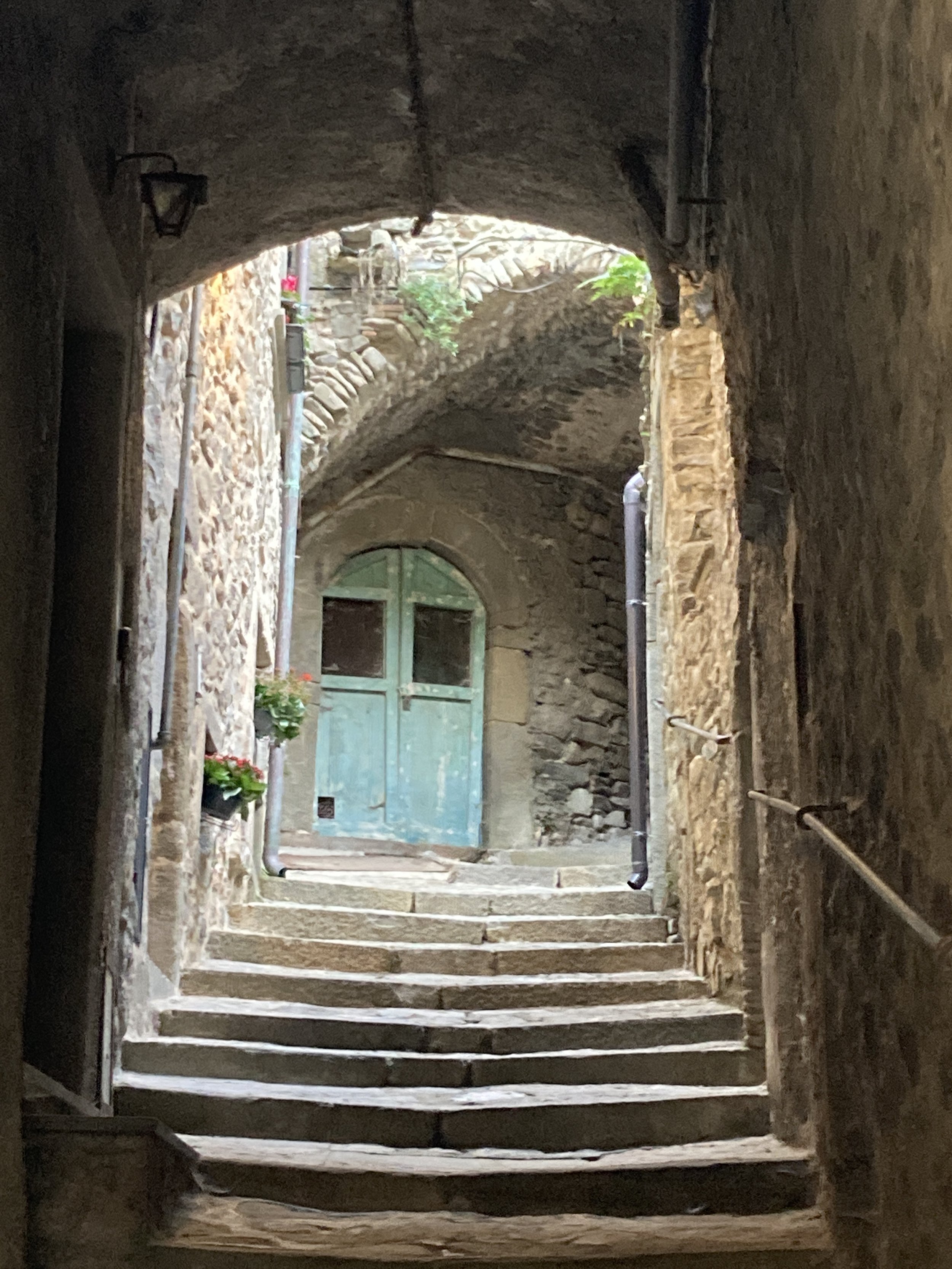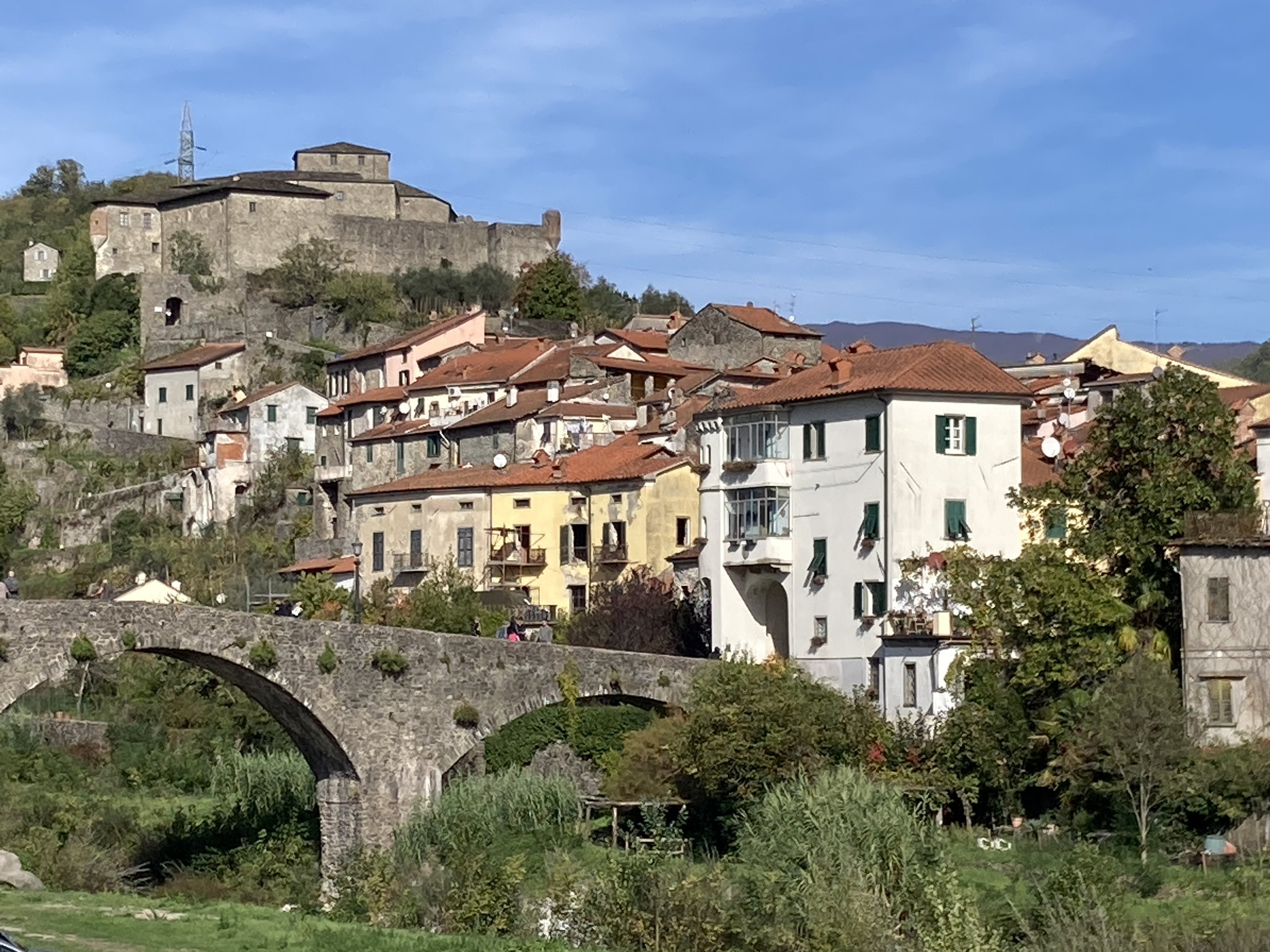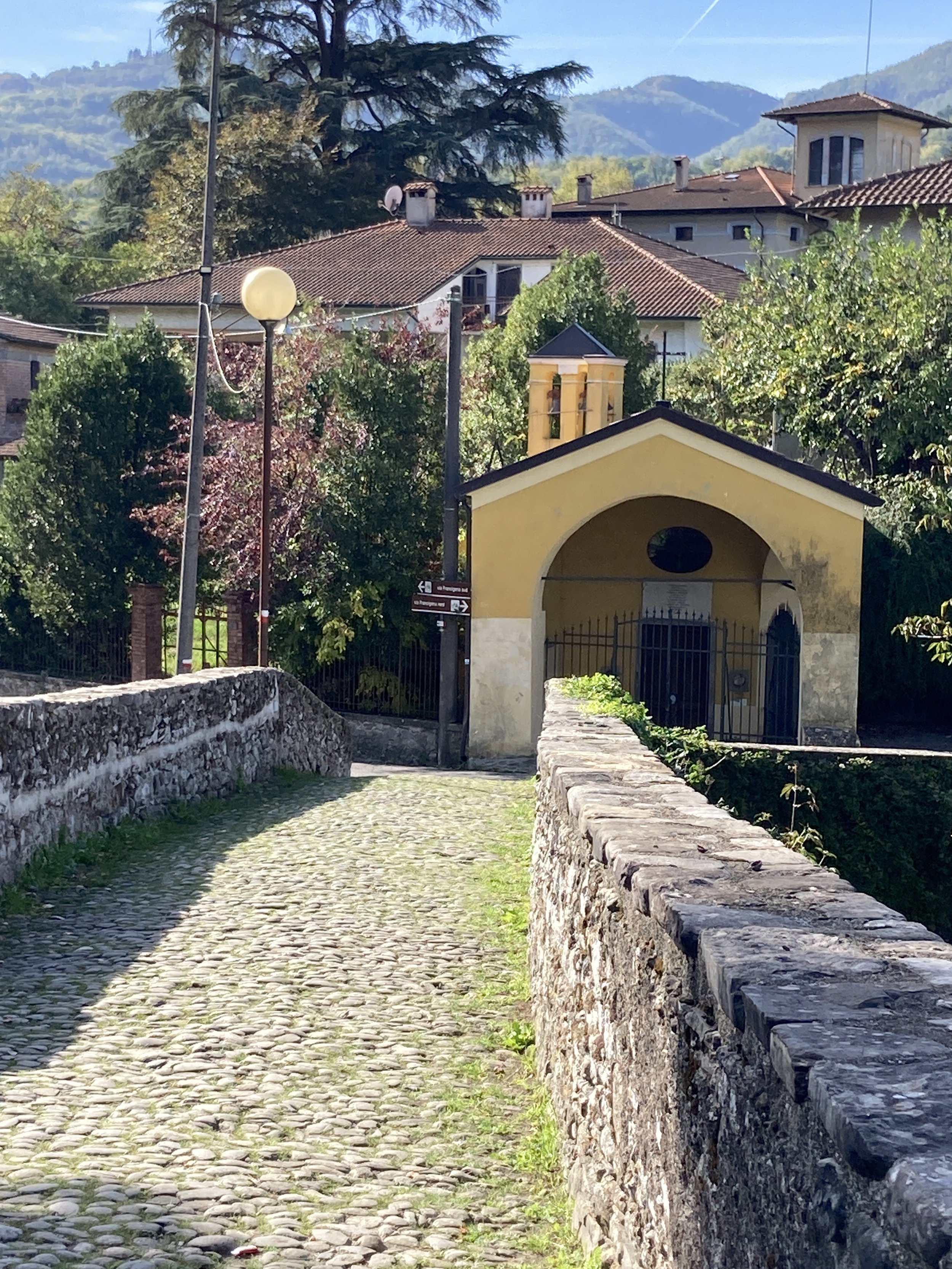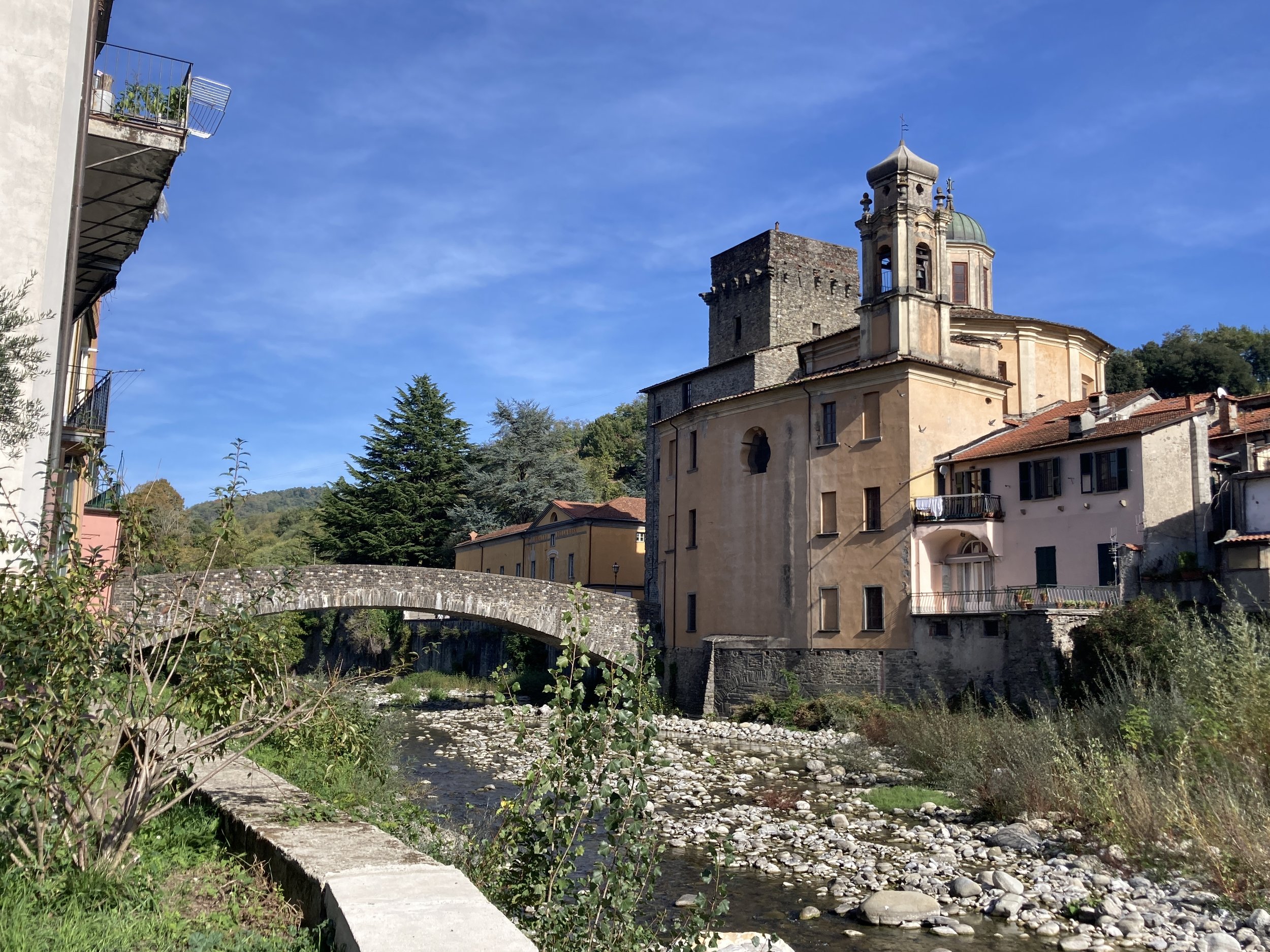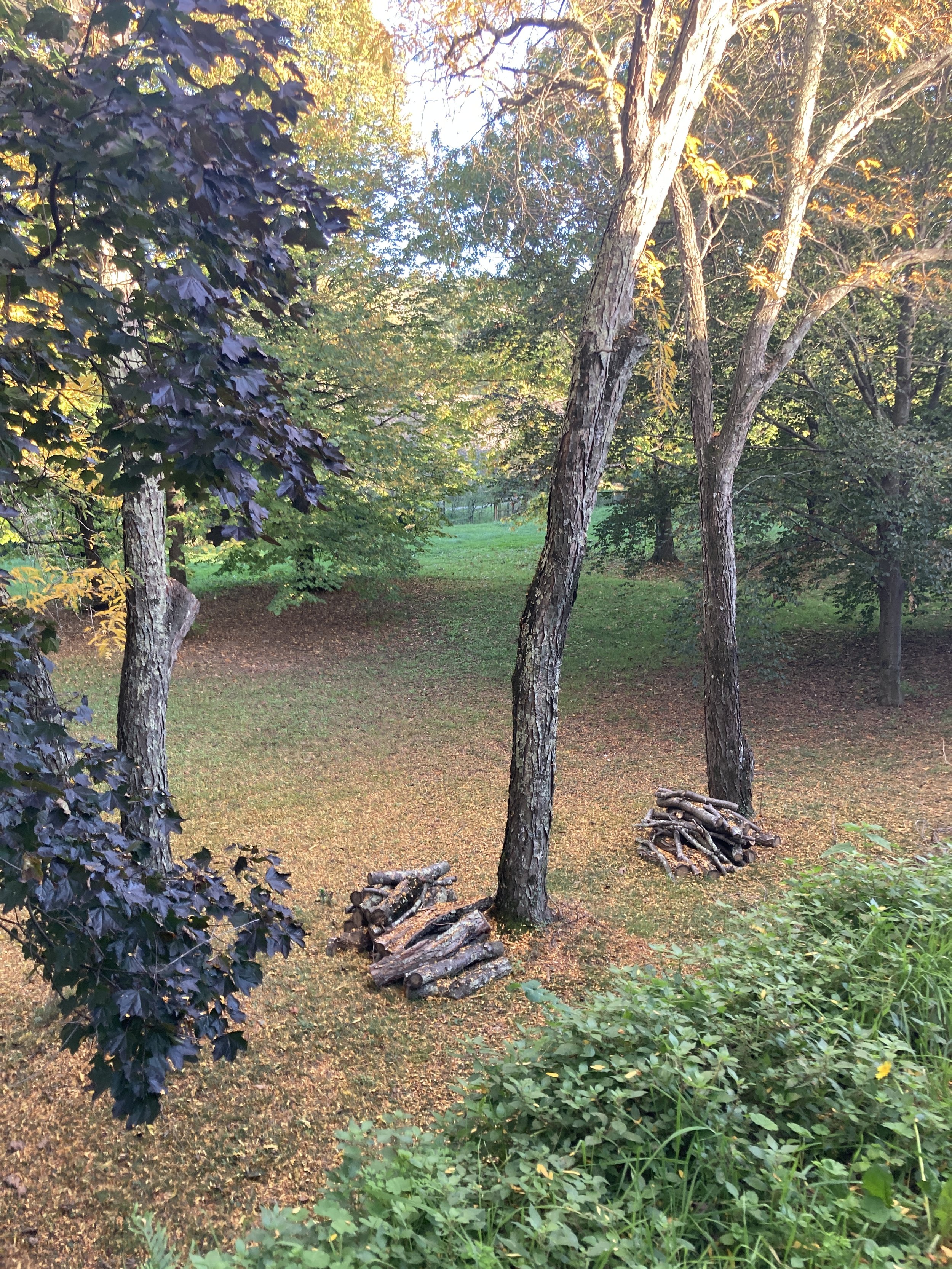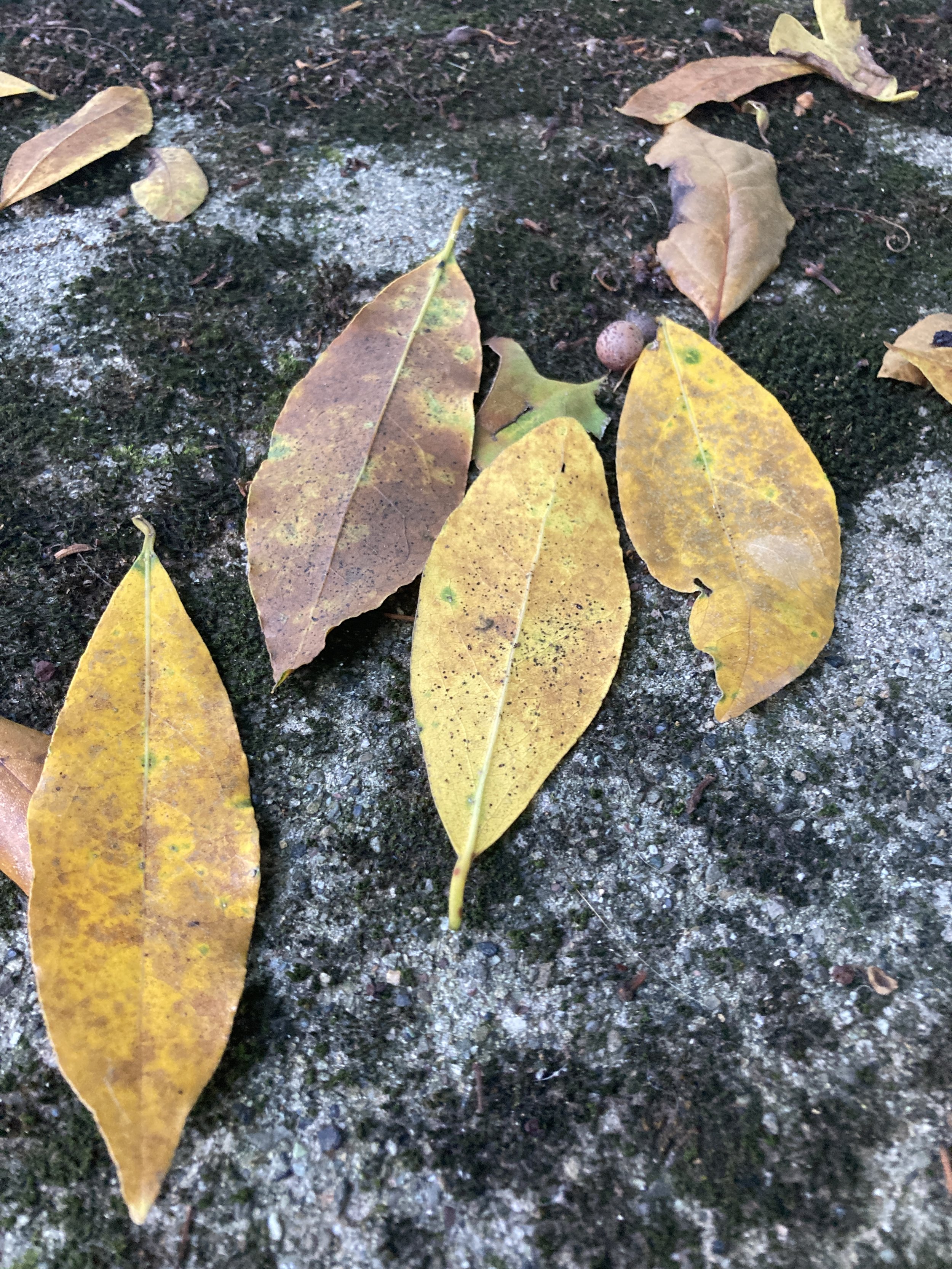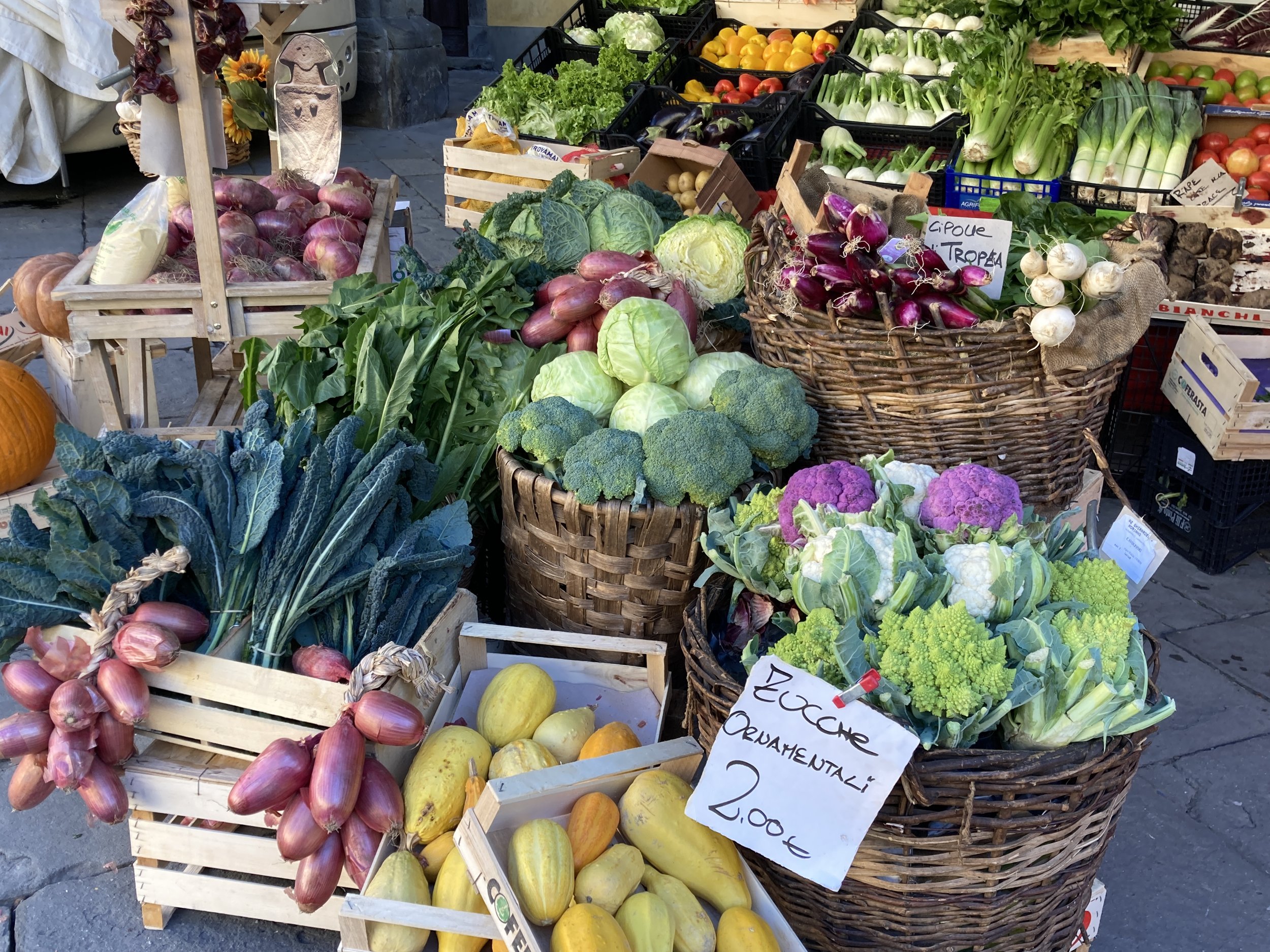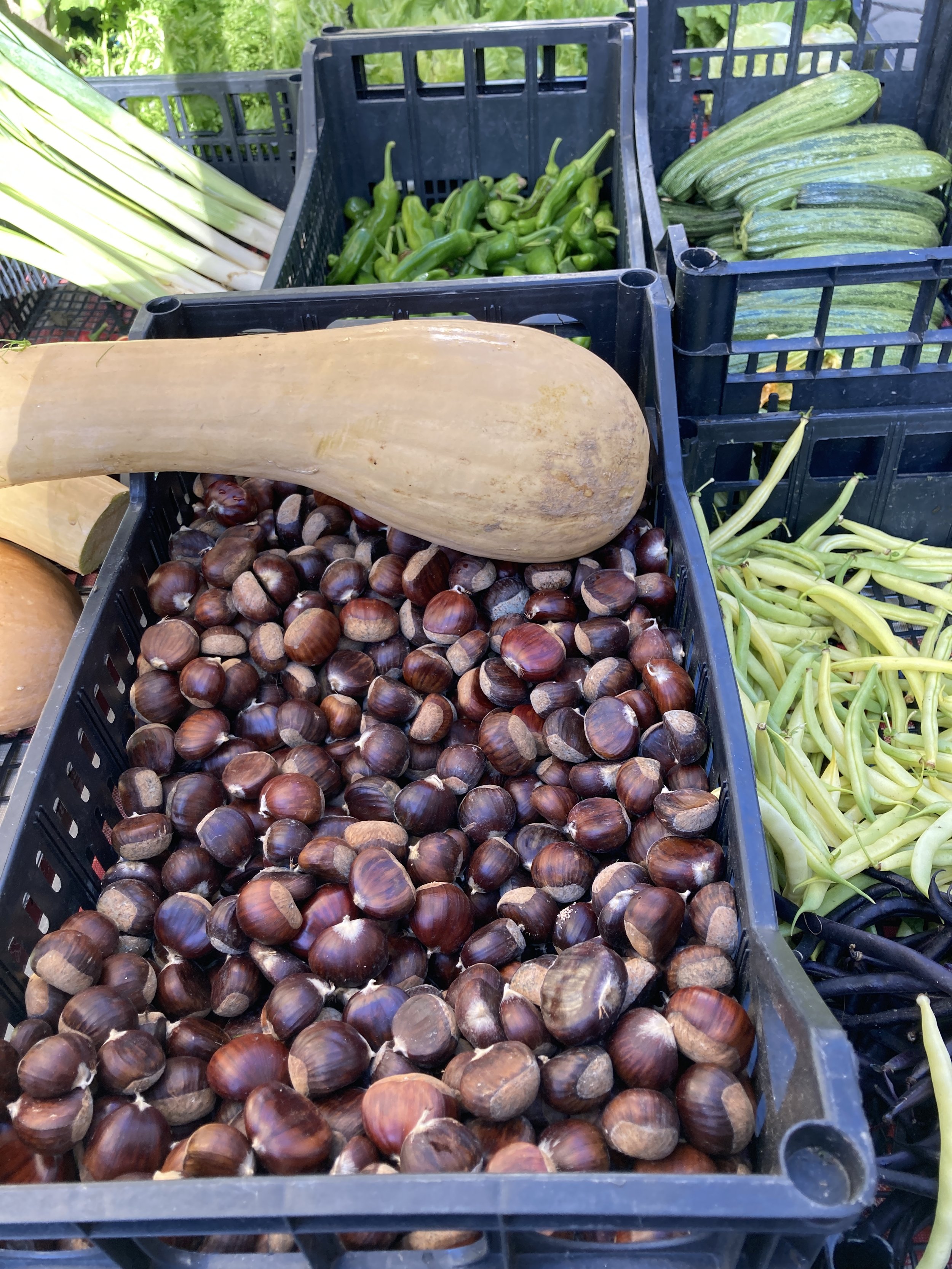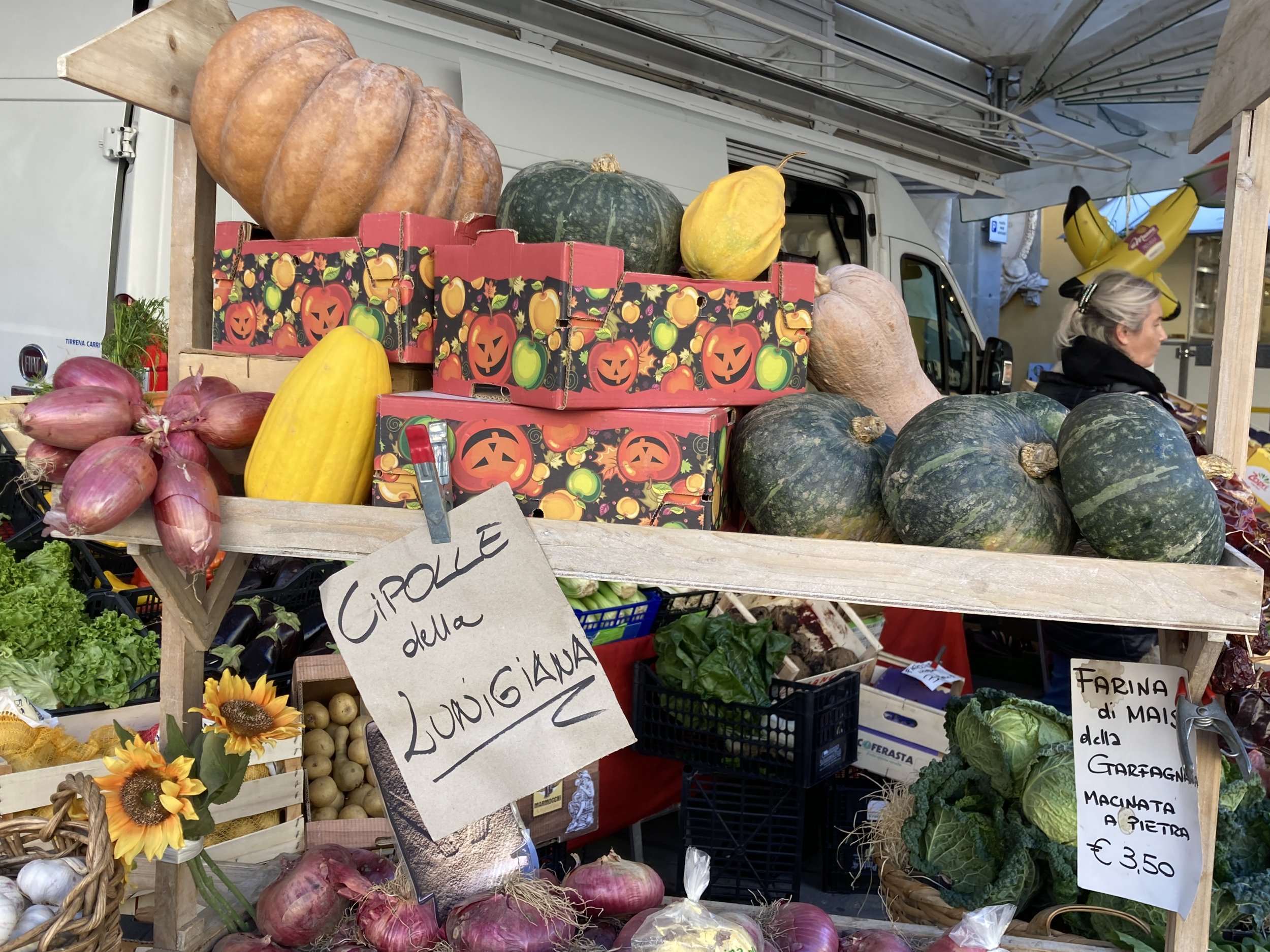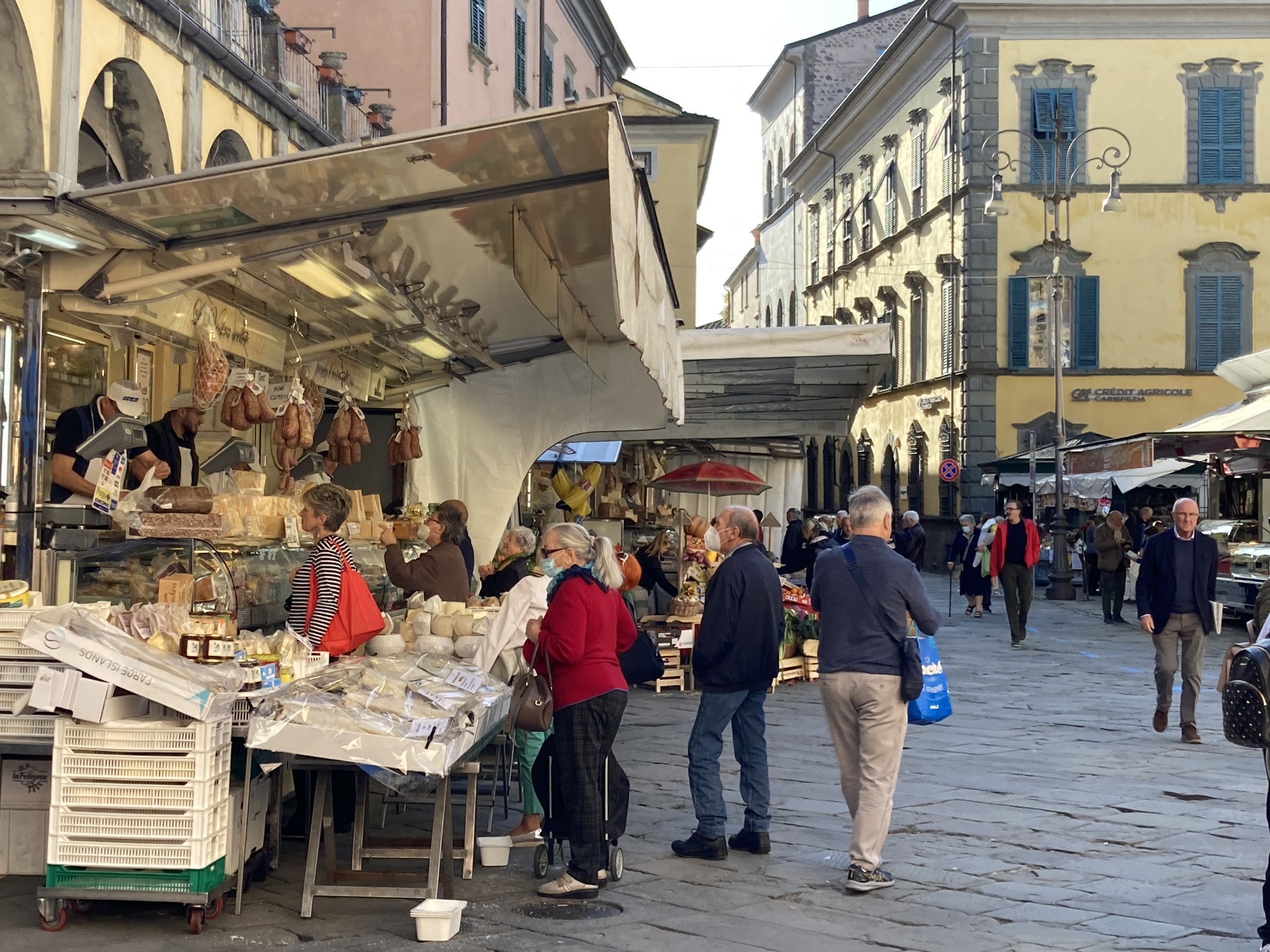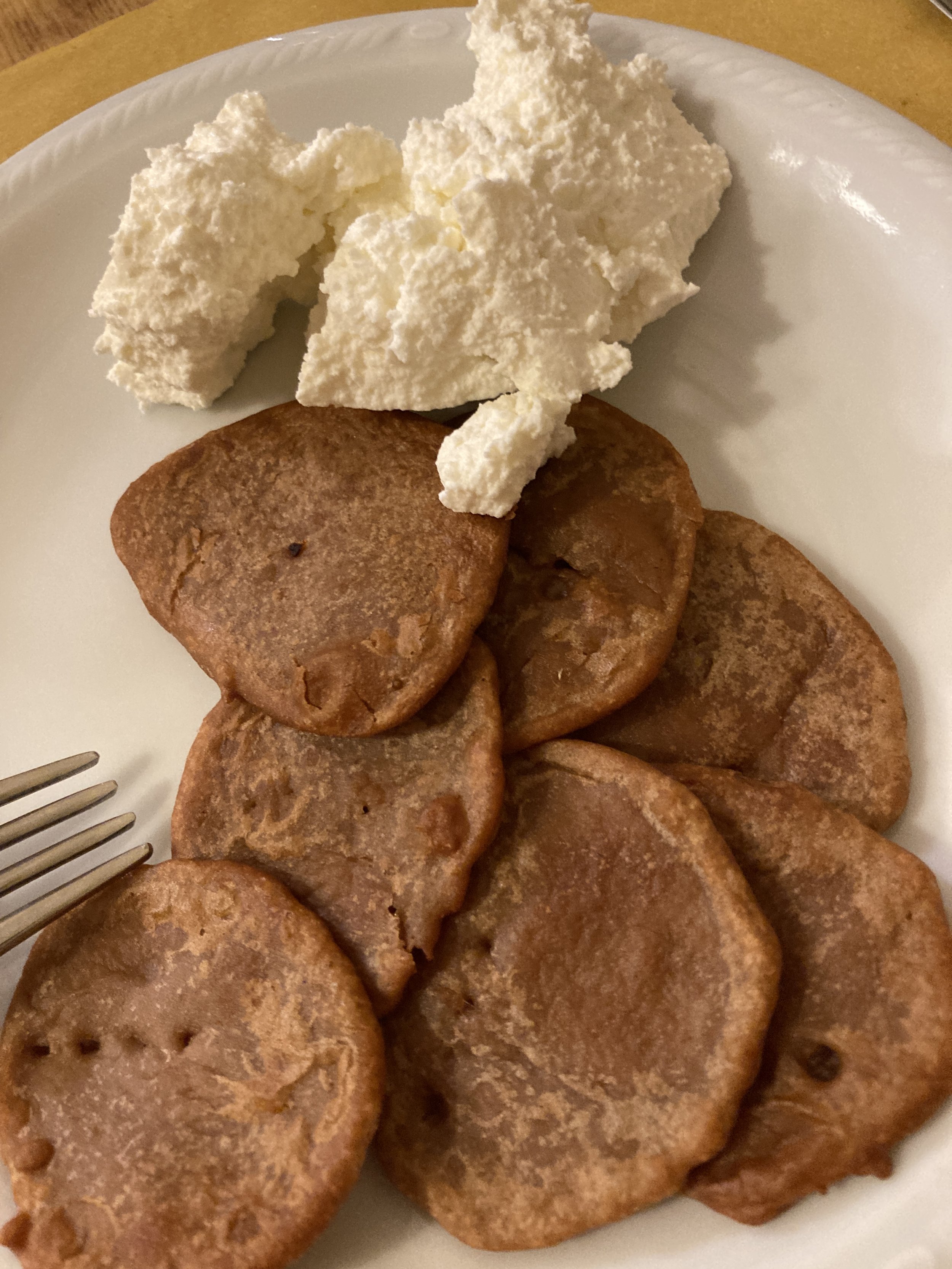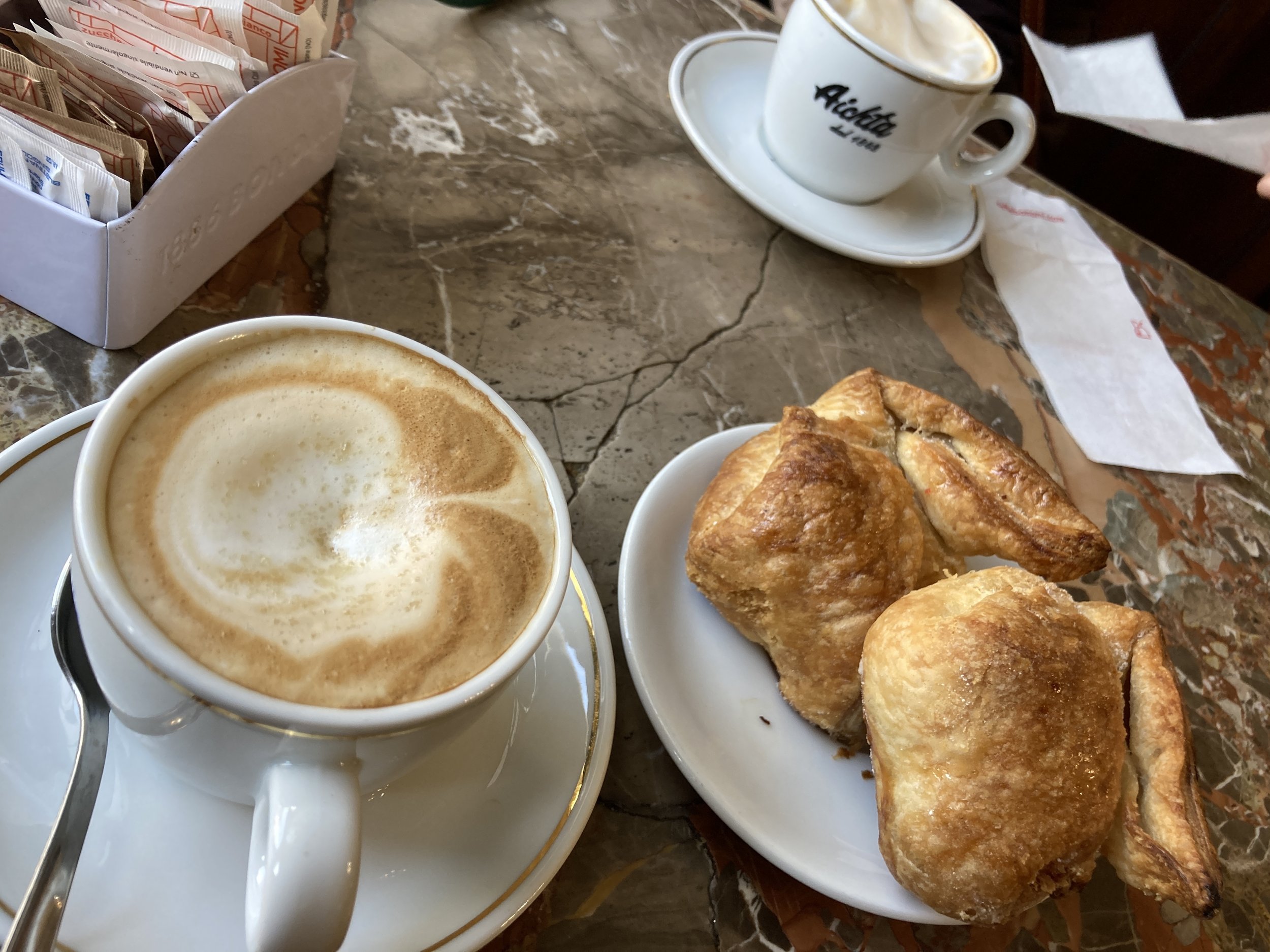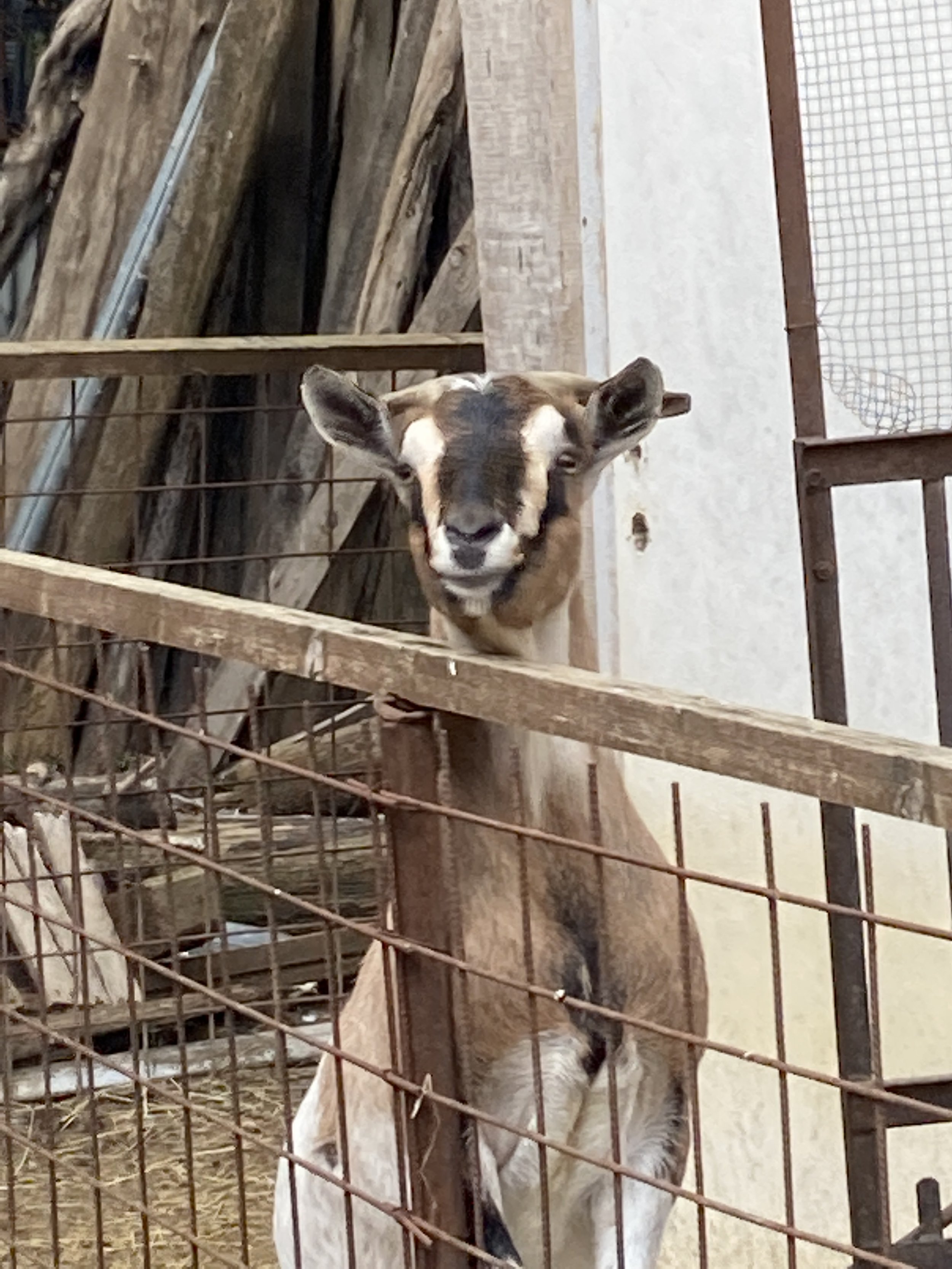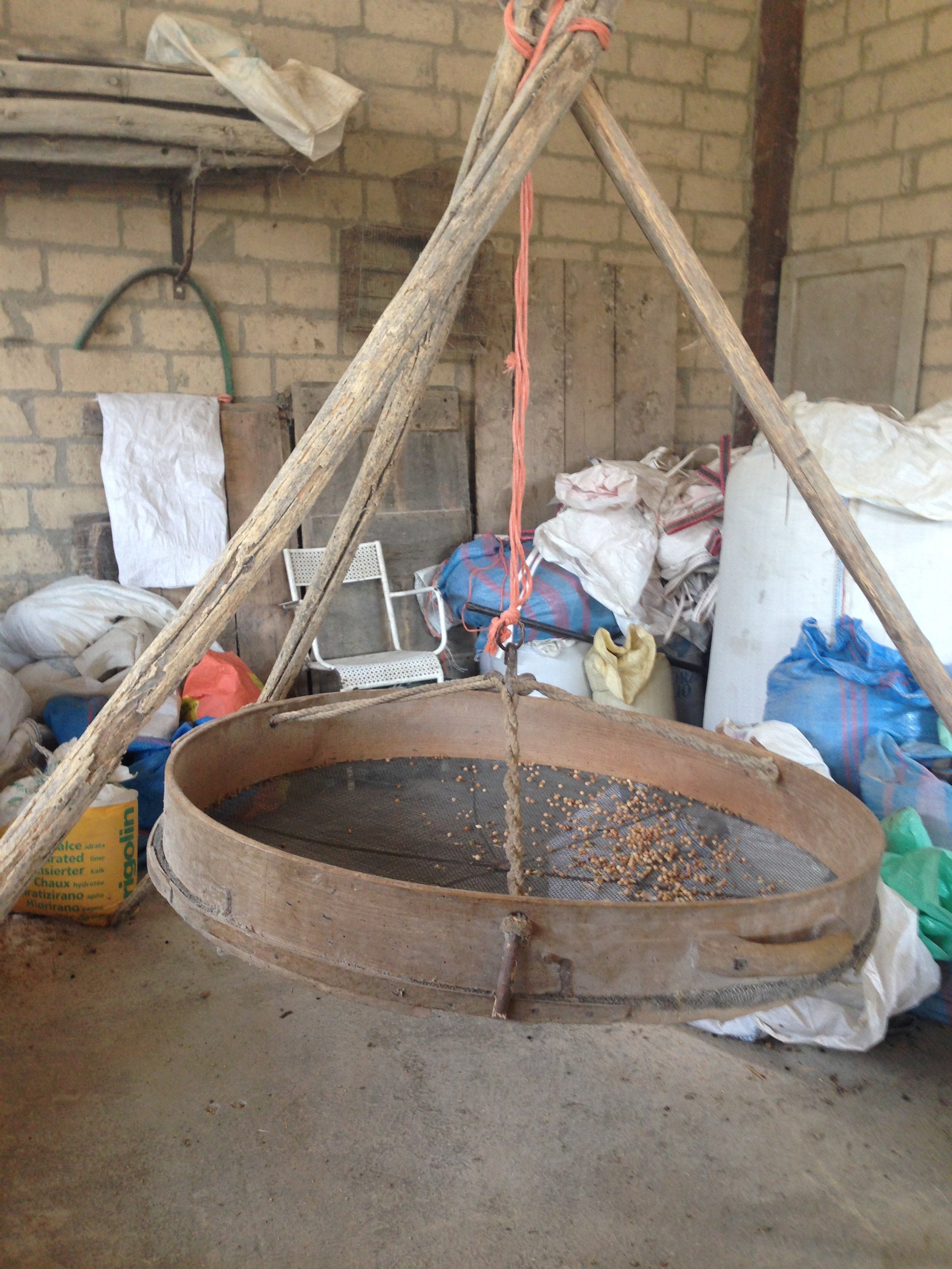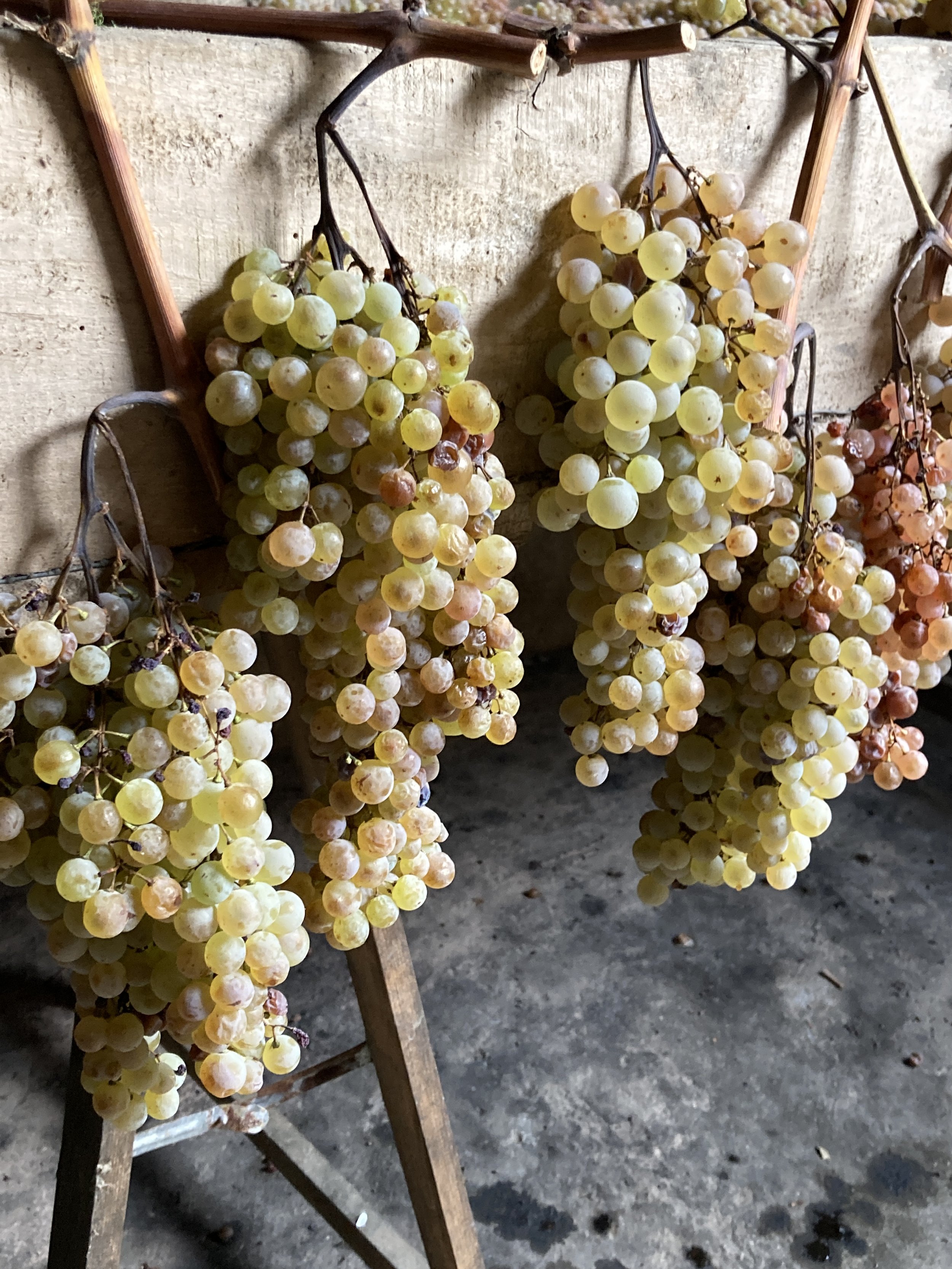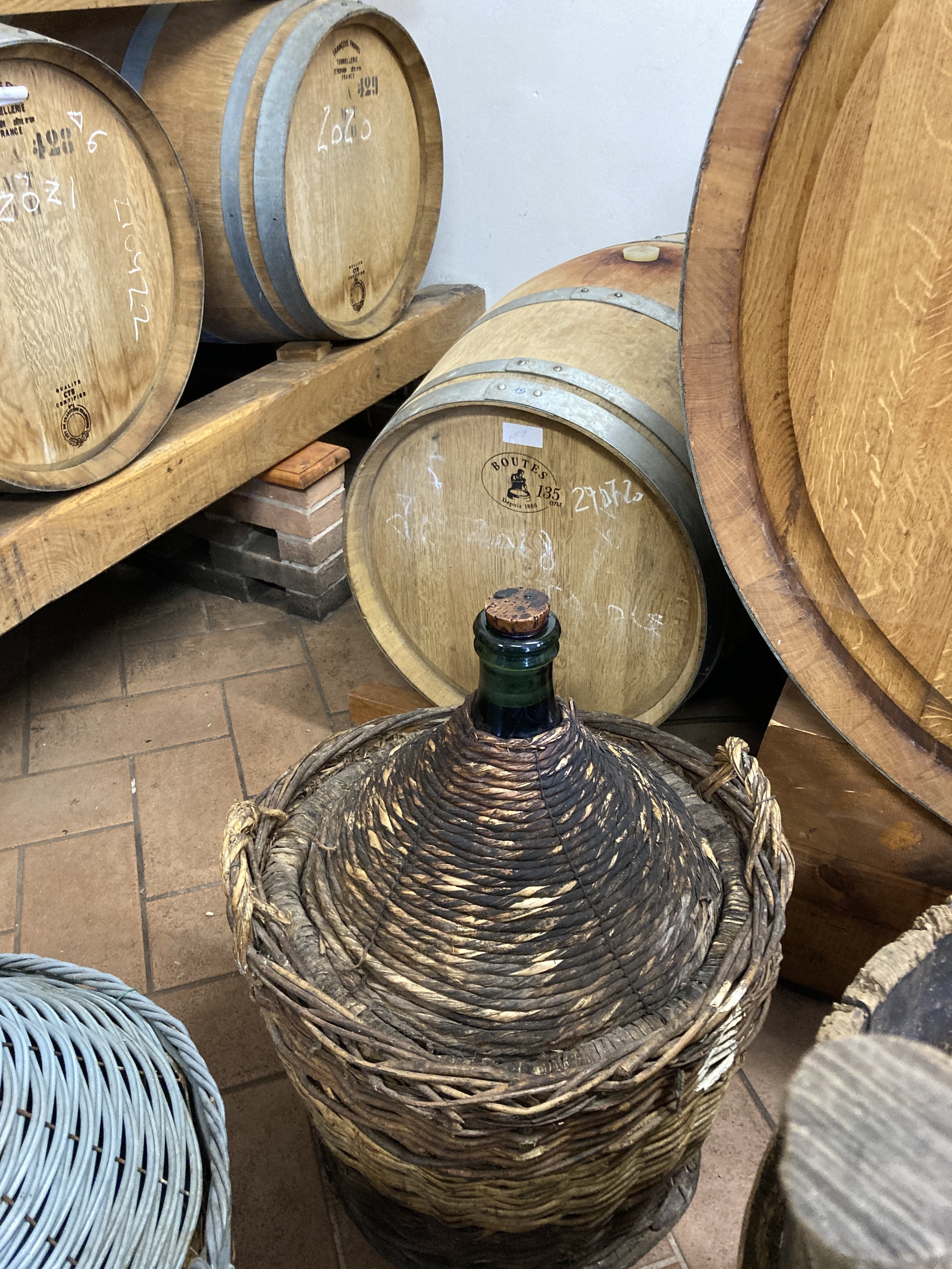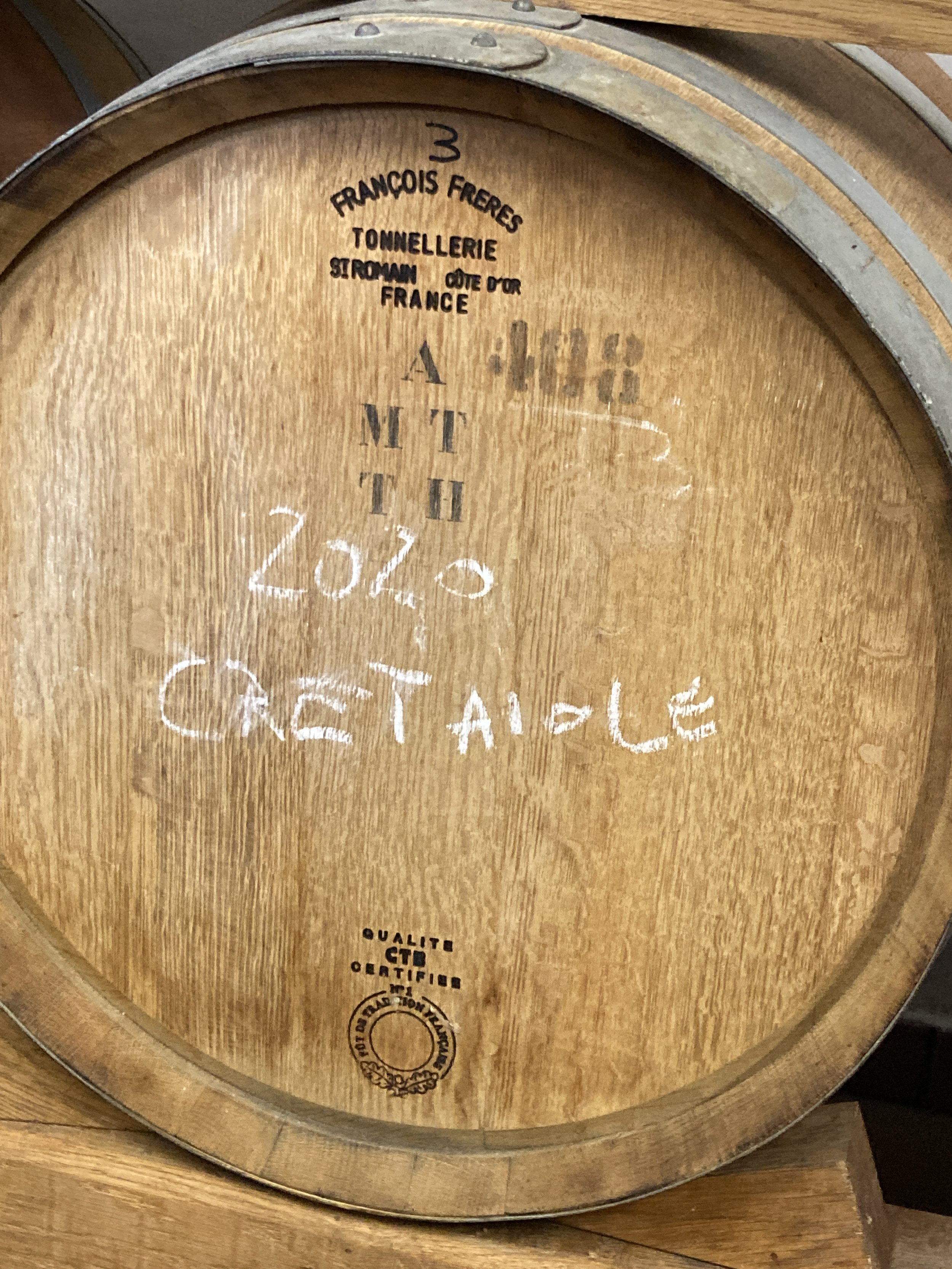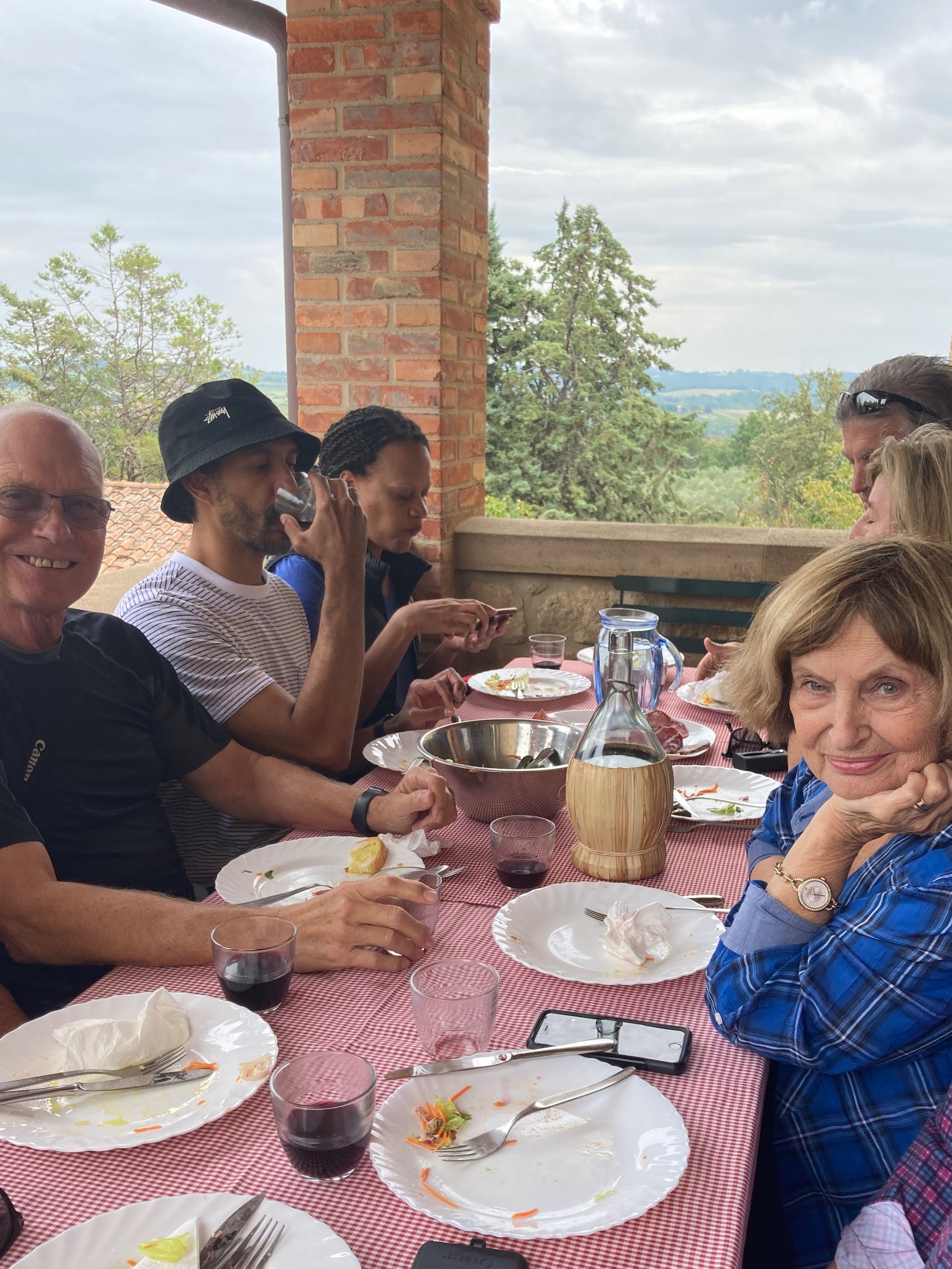Uva Fragola
Chianti Classico Wines - mostly Sangiovese grapes
Fall is harvest season in Italy. First comes the vendemmia, the grape harvest, followed by the raccolta delle olive (olive harvest). Both have important significance economically and culturally. Participating in either is a combination of hard work and great fun.
Many varieties of grapes are grown in Italy and produce excellent wines. The names are familiar – Sangiovese, Nebbiolo, Trebbiano, Lambrusco, Pinot Grigio and Vermentino to name a few. All of those grapes are cultivated varieties of the Vitis Vinifera species.
And then there is the Uva Fragola (Strawberry Grape). It is a different species all together, the Vitis Labrusca. Not just that, but (gasp!) it is an American grape imported into Italy in part due to its resistance to the Phylloxera insect. This is a bit controversial as some sources say it is that very resistance to Phylloxera which allowed the American grapes to carry the insect to Europe where it devastated less resistant Italian vines. Which story is true? I don’t know nearly enough about grapes to offer an opinion.
What I do know is that the Uva Fragola is not a respected wine grape. In fact, the EU bans it for commercial wine production due to high levels of methane, a poison, that occur in the distillation process. There may be some home made Fragolino about if you are brave enough to drink it. Despite not being used in wine production, the grape is still grown in Italy where it is appreciated for its unique quality - grape with an underlying strawberry flavor.
One interesting surprise for me was finding that the Uva Fragola is actually a type of Concord Grape. Yes, this type of grape is the source of the Welch’s Grape Jam that topped all my peanut butter sandwiches when I was a kid. A jam I abandoned as I grew up in favor of more interesting flavors. I have to believe that, like most things (and people) transplanted to Italy, the American Concord Grape was transformed by the Italian soil, air, water, and perhaps even the music of the language. The Italian Uva Fragola is delicious!
September is Uva Fragola season. The big, plump, purple grapes are used in several ways.
The grapes make wonderful jams and jellies.
I was fortunate to receive a jar made from last year’s crop, a just-sweet-enough jam filled with bits of grape. It was nothing like the Welch’s Grape of my childhood.
This was grape jam for grownups!
Another traditional use of the Uva Fragola is in a focaccia dolce, a grape studded bread glazed with sugar. It’s a simple, straightforward snack, perfect alongside a cup of coffee, and a great use for the September grape crop.
My favorite way to consume Uva Fragola is as gelato. I was happy when a local gelateria advertised their September-only special of Uva Fragola gelato, made using local Tuscan grapes. With its rich color and berry flavor it is the perfect end of summer treat. With such a short season, one must take advantage with at least a weekly gelato serving, right?
Uva Fragola grapes grown right here in the historic center of Lucca.
Last week, a friend in Lucca invited me to snip some of the ripe bunches of Uva Fragola grapes that grow along the terrace above his apartment. I was more than happy to help with his small harvest but wasn’t quite sure what I would do with so many grapes.
I decided to make a syrup to drizzle over soft cheese, gelato, or perhaps pancakes. I didn’t have an exact recipe, but used a proportion of grapes to sugar suggested in a jam recipe I found on line. I just didn’t add the pectin that the recipe called for. In a happy accident, I reduced the grape syrup enough that it thickened into more of a jelly than a syrup even without adding pectin. Perfect on my morning toast and still good as a topping for cheese.
Here's how I made the jelly:
Remove the Uva Fragola grapes from the stems, rinse them and discard any green ones. Hint: twisting the grapes from the stem instead of pulling them avoids that little bit of stem that can cling to the grape. Twisting also opens the skin at the top of the grape which helps them soften as they cook.
To 700 grams of grapes add 200 grams (1 cup) of sugar and 3 tablespoons of water in a heavy bottom pot.
Heat the mixture over a low to medium flame, stirring frequently, until the sugar dissolves and the mixture begins to bubble gently.
Reduce the flame to low and cook for 1 hour, stirring and scrapping down the sides of the pot every once in a while. Be sure the flame is low enough that the mixture doesn’t stick to the bottom of the pot. The kitchen will smell wonderful at this point!
After cooking for one hour, crush the grapes in the pan to release all the juices and then strain to remove the skins, leaving only the juice behind. A food mill would work here, but I don’t have one so I just crushed the grapes well with a wooden spoon to squeeze out the juices.
Return the juice to the pan, bring to a simmer, and cook on low. Less time would result in a syrup, 45 minutes and I got jelly. Isn’t kitchen chemistry fun! My 700 grams of grapes made one 6 oz jar of jelly.



